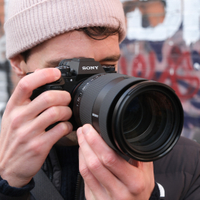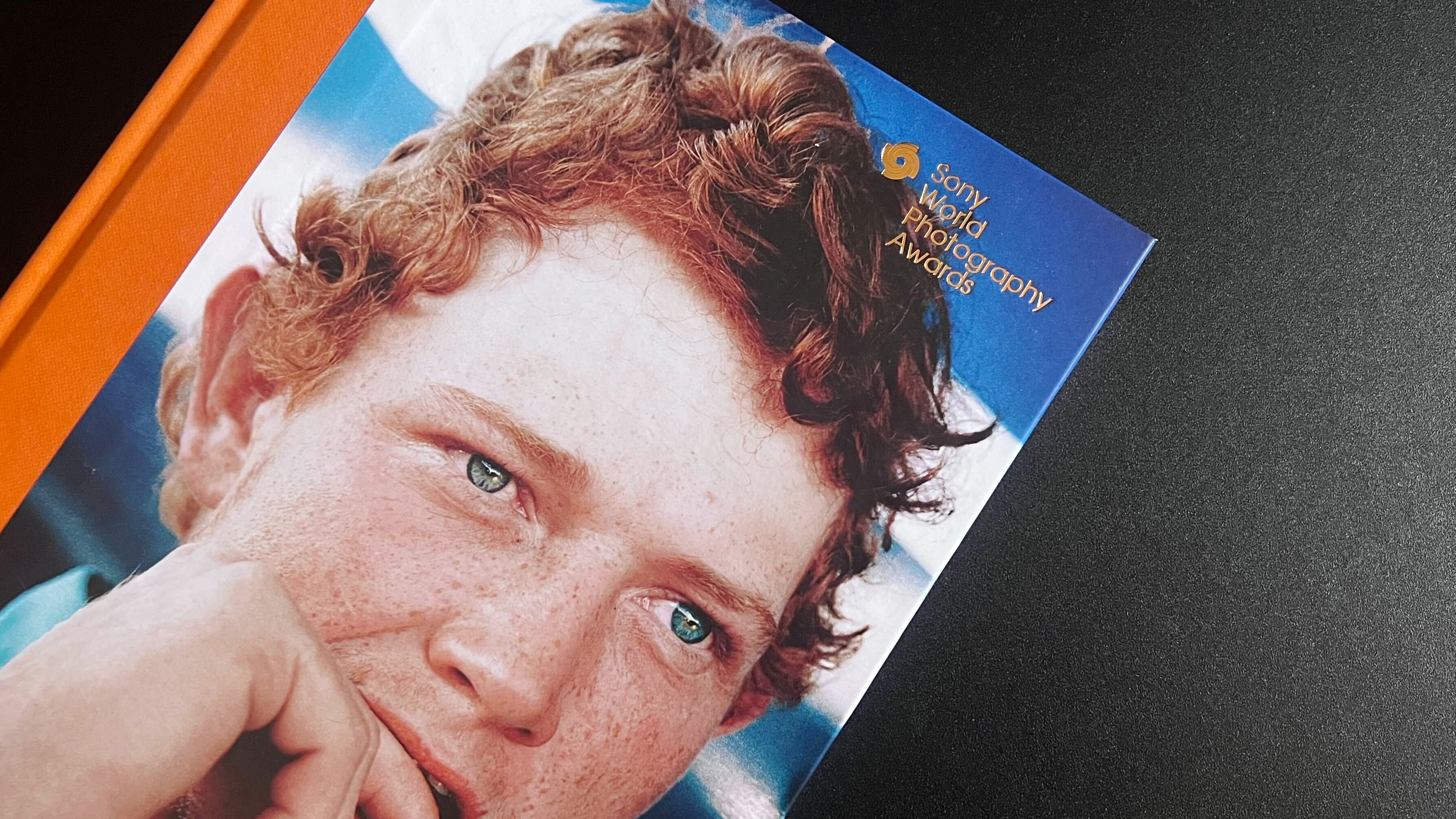The best Sony camera for vlogging, filmmaking and photography
These are my top picks for the best Sony cameras right now for photographers, videographers, and content creation
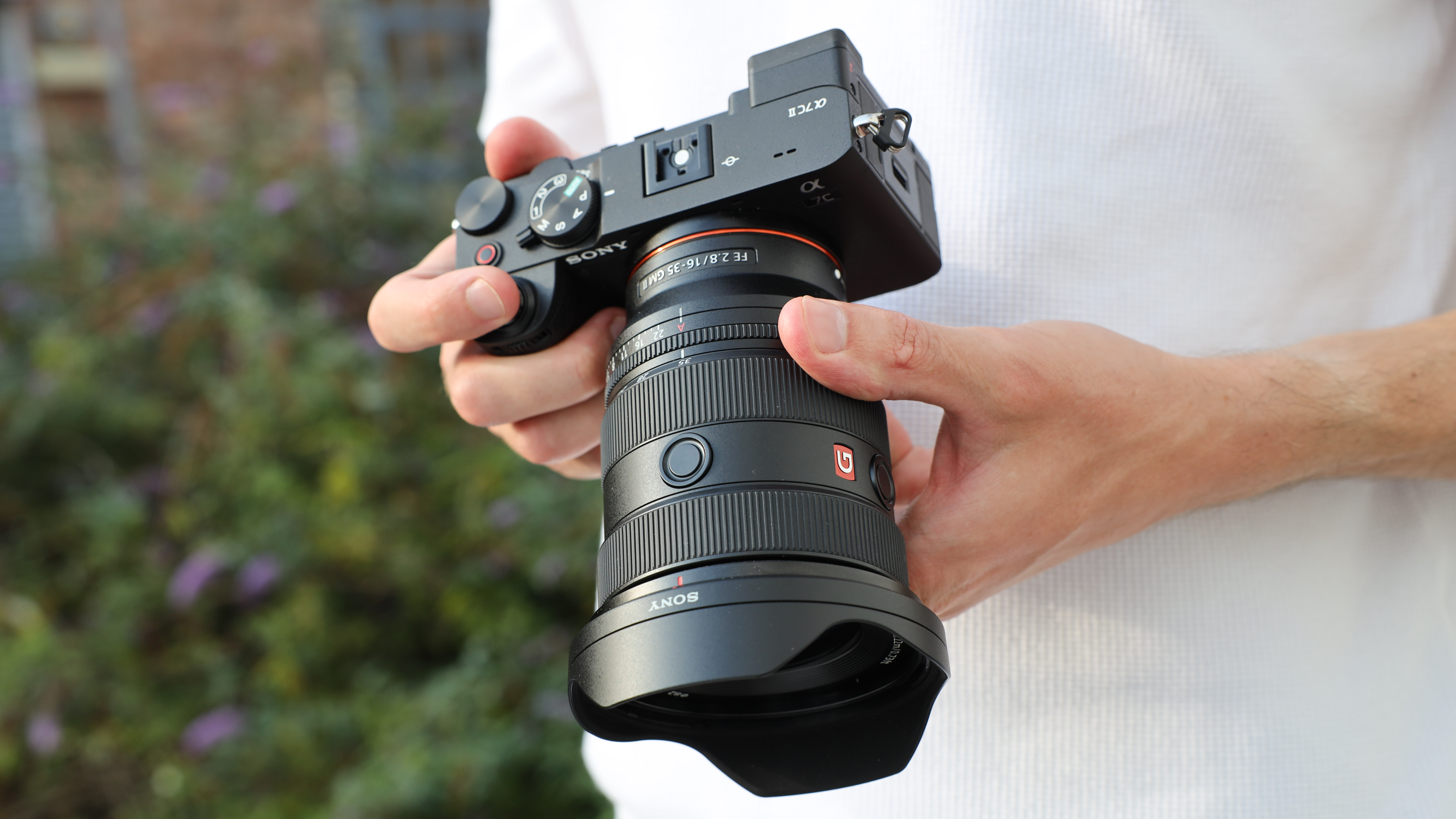
The range of best Sony cameras just keeps getting bigger and better as Sony expands its camera offerings to more types of shooters in areas like sports, wildlife, travel, and fashion to video production, content creation, and vlogging, whether you are a professional, enthusiast or just a beginner there is a Sony camera for everyone.
Right at the top end, you've got the mighty but pricey sports-orientated Sony A9 Mark III with its mind-blowing global shutter, or the high-res megapixel monster in the Sony A7R IV. In the middle, Sony's APS-C mirrorless cameras are a favorite of mine for travel, video, and content creation, and my current highlight is Sony's compact but powerful Sony a6700.
Also, Sony's latest ZV roster of cameras is aimed at vloggers and social media creators, I love these cameras super compact and simplified designs, meant to go anywhere and shoot great instantly usable footage with minimal effort. I've been especially impressed by the clever and affordable little Sony ZV-1F.
I've used, reviewed, and rated them all, and we think these are the best Sony cameras you can get right now.

Gareth is the Reviews Editor at Digital Camera World. He has had hands-on time with all the cameras on this list, as well as years of experience as a photographer and videographer – perfect for picking the best Sony cameras.
The Quick List

If you asked me for my recommendation for the best camera to suit the widest group of photographers, then the Sony A7 IV would be my answer. Not geared towards any one singular purpose, it has respectable stats in every department and is perfect for any versatile stills and video shooter.
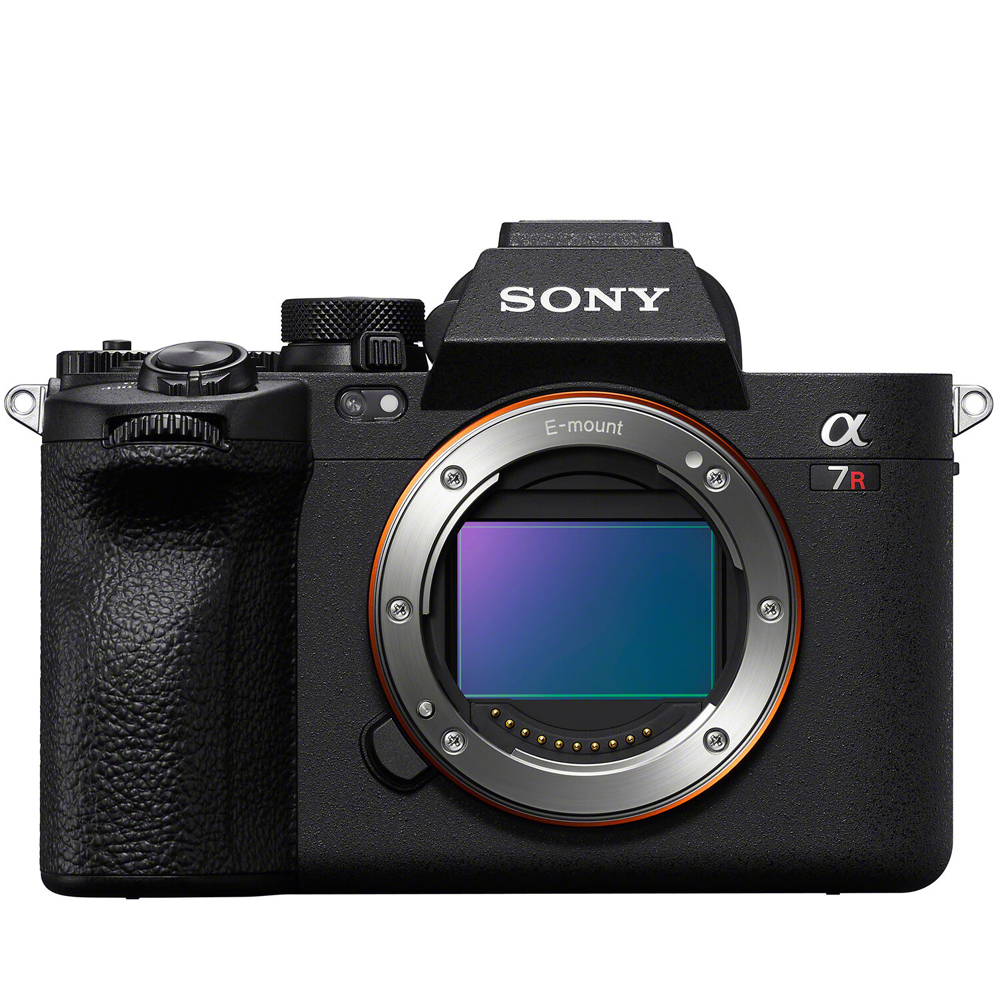
If ultimate resolution is your main priority then I don't think you can't do much better in the realm of full frame than the 61-megapixels of the Sony A7R V. Not just a resolution monster for stills, the A7R V can also shoot 8K video making this one of the best options when video quality is a top priority.
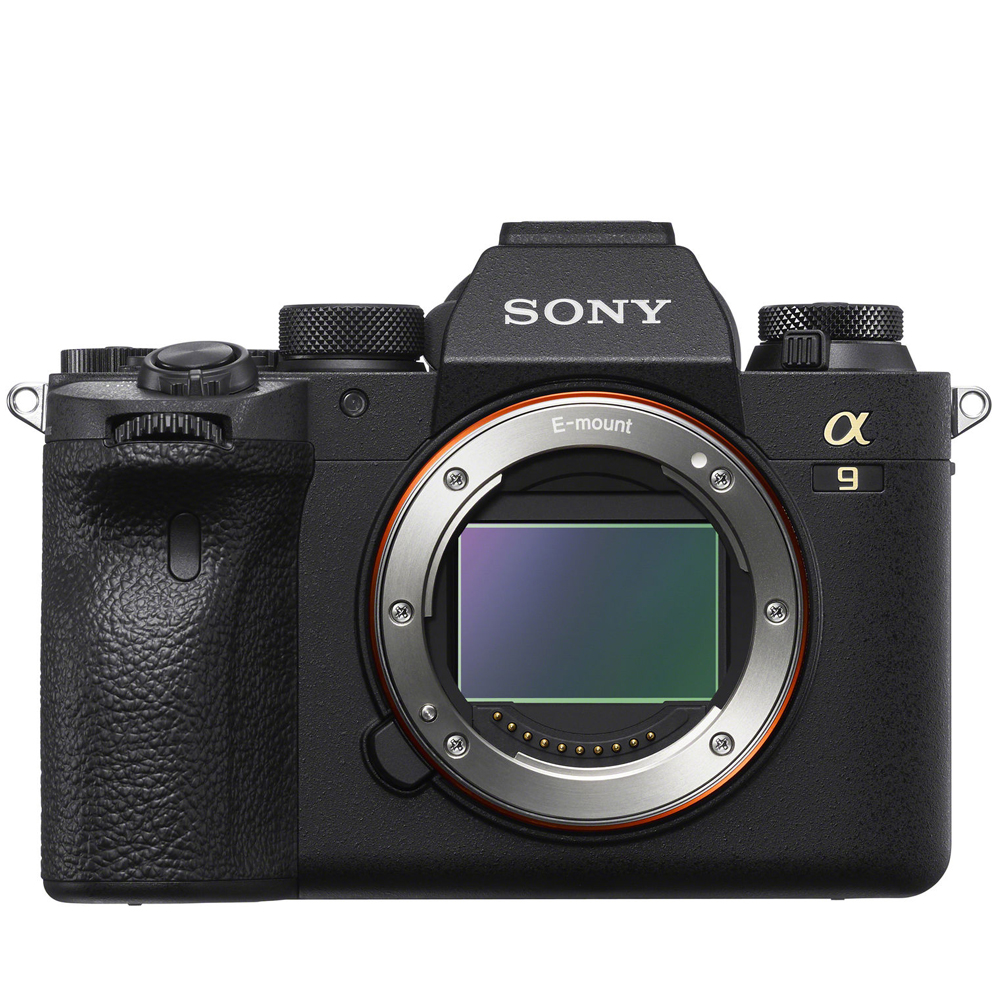
The Sony A9 III has just blown the sports and wildlife camera field wide open as the first camera to offer a global shutter, making the readout speed breathtakingly fast. Combined with Sony's amazing AF with advanced tracking and excellent image stabilization, this camera is a dream to use.
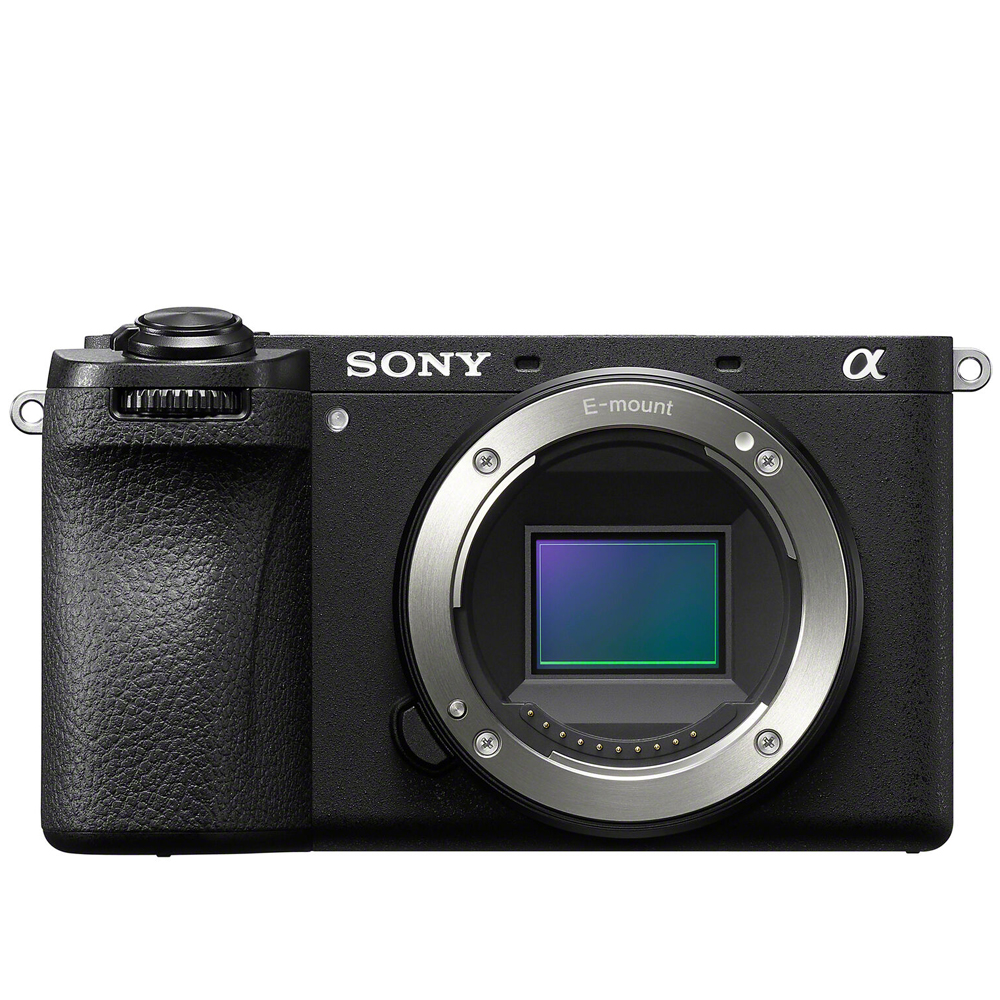
Sony's a6xxx range has been a go-to system for travel photographers since its debut, and I think that the Sony a6700 is the best entry yet. Sony continued the pocket-friendly compact body but filled it with the latest sensor for 4K video, fast shutter speed, and incredible subject-tracking autofocus.
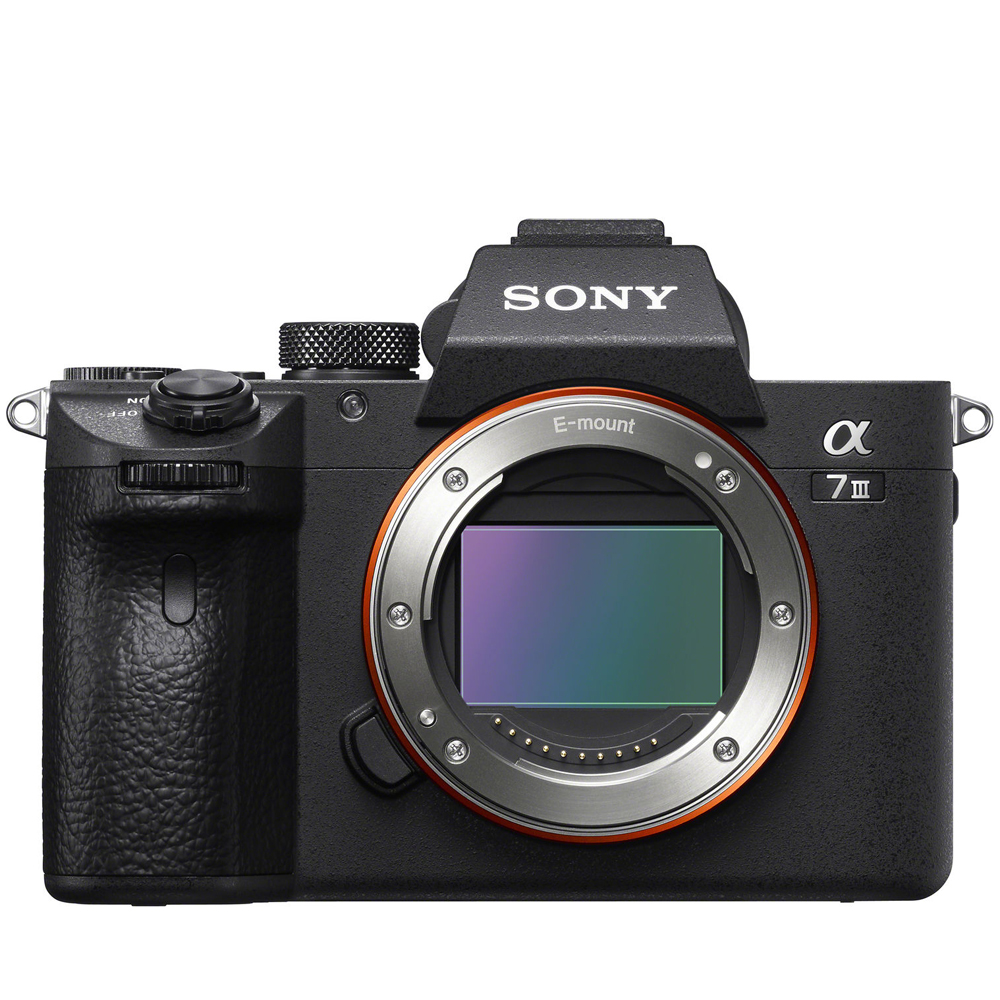
I think Sony almost made the A7 III too good, and several years later, it is still hard to beat. While numerically surpassed by the A7 IV, it is still a fantastic full-frame Sony camera, and if you don't want to spend a lot of money – the Sony A7 III is a great budget option for any photographer or filmmaker.

If I was a pro content creator, then the Sony ZV-E1 would be the camera at the top of my list. Sony's ZV range is one of the best vlogging camera systems around with excellent 4K, autofocus, and studio microphones, and the ZV-E1 is the cream of the crop, with a big full-frame sensor for maximum quality.
View the full list...
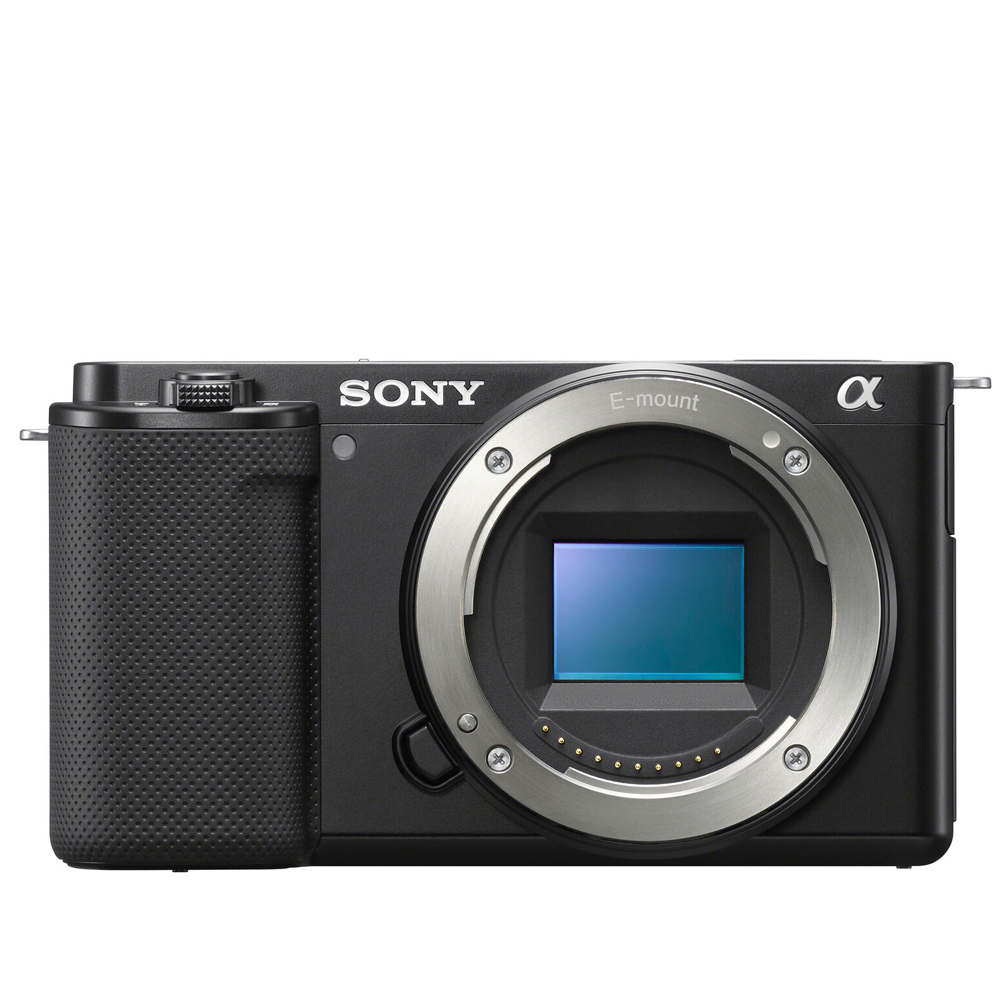
I have put a few ZV vlogging cameras on this list, which reflects how good they are and how big this market has become. The ZV-E10 II sits as the cheapest interchangeable lens ZV camera, which allows a bit more creative freedom with lens choices, than its fixed lens siblings.
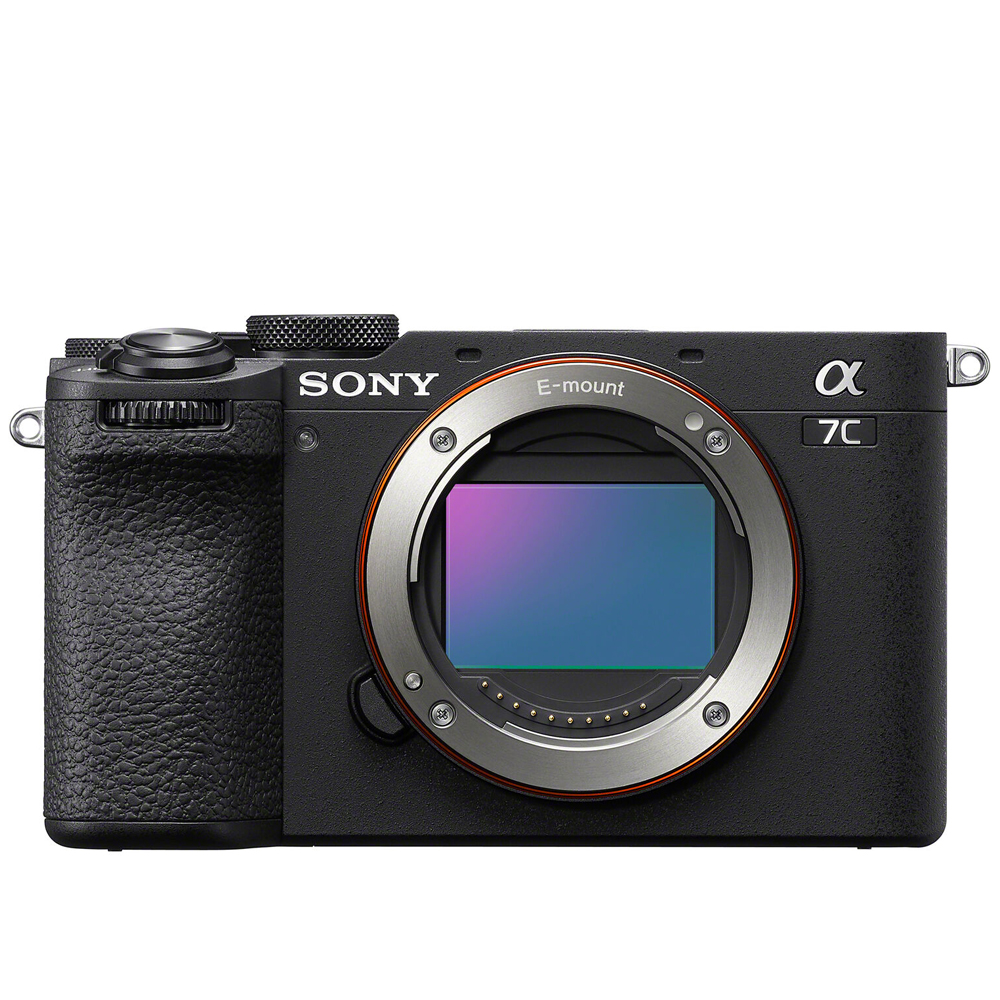
The Sony A7C II is what you get when you take the awesome internals of the Sony A7 IV and you stuff them all inside the body of the compact travel-friendly Sony a6700. This compact full-frame camera is my number one choice for anyone who wants maximum features in the most minimal body.
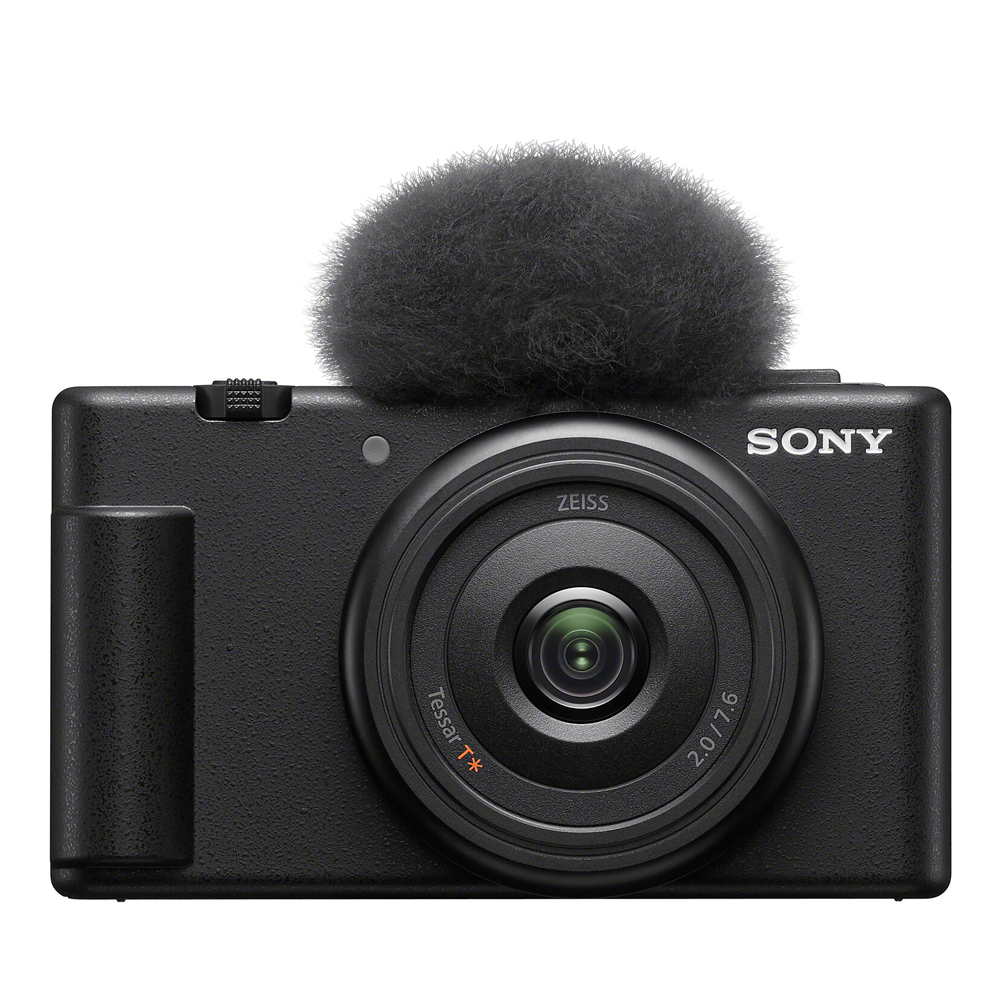
Phones take great video, but if you want to take a step up on your content creation game, then the Sony ZV-1F is my favorite budget vlogging camera. I saw a noticeable improvement in the video compared to my phone, and the flip-out screen and built-in mic make the capture process more streamlined.
The best Sony cameras
Why you can trust Digital Camera World
Best Sony camera overall

Specifications
Reasons to buy
Reasons to avoid
✅ You are looking for the best all-round camera: the A7IV reigns supreme in Sony's lineup as the best camera for most people with great stills and video
✅ You want the best specs to price balance: while Sony has much lower priced cameras, the A7IV offers a lot of modern competitive specs for a reasonable price
❌ You are looking for the cheapest Sony full-frame camera: the Sony A7III is still the cheapest full-frame camera in Sony's lineup and still well worth it if money is your main concern
❌ You want the smallest full frame camera to travel with: the A7IV is not a big camera, but the A7C is a much more compact option with similar specs
How do you better one of the best mirrorless cameras of all time? Well, that was the question that Sony had to answer with the A7 IV. The Sony A7 III was a force to be reckoned with, pushing camera technology ahead of anything else at the time and leaving every other brand to play catchup – one of the many reasons why I have still included the Sony A7 III on this list.
The Sony A7 IV should be Sony's 'vanilla' A7 model, offering an entry point to full-frame mirrorless, covering all bases but not specializing in anything and leaving other Sony cameras to shine for different purposes. Sony has the A7R for resolution, the A7S for video, and the A7C for compactness.
But there’s nothing ordinary about the Sony A7 IV. It technically supersedes the A7 III in almost every way, with more resolution, faster speed, better autofocus, and tracking algorithms, and it blurs the lines more than ever with Sony's other A7 models. Overall it’s just an altogether more advanced camera which, I think, targets a higher-level audience than the A7 III.
The A7 IV is still the perfect jack-of-all-trades camera for a huge variety of creators who don't specialize in one area and instead want a camera that is just at home shooting a landscape as a portrait, or hybrid shooters who value high-resolution stills as much as quality 4K video. Although due to its higher price, and features, it is less accessible than before, and now it's a much closer field with other brands.
Read more: Sony A7 IV review
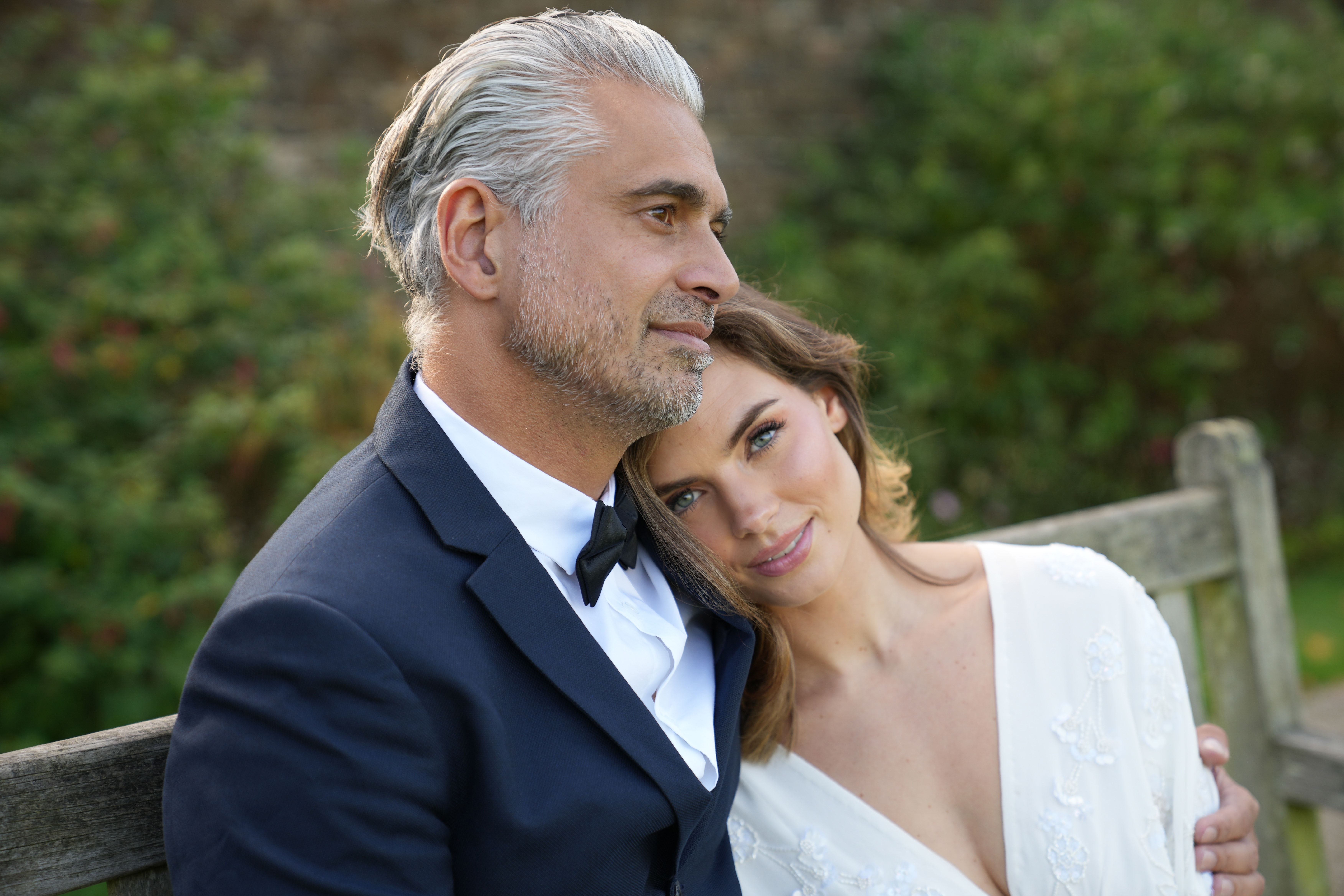
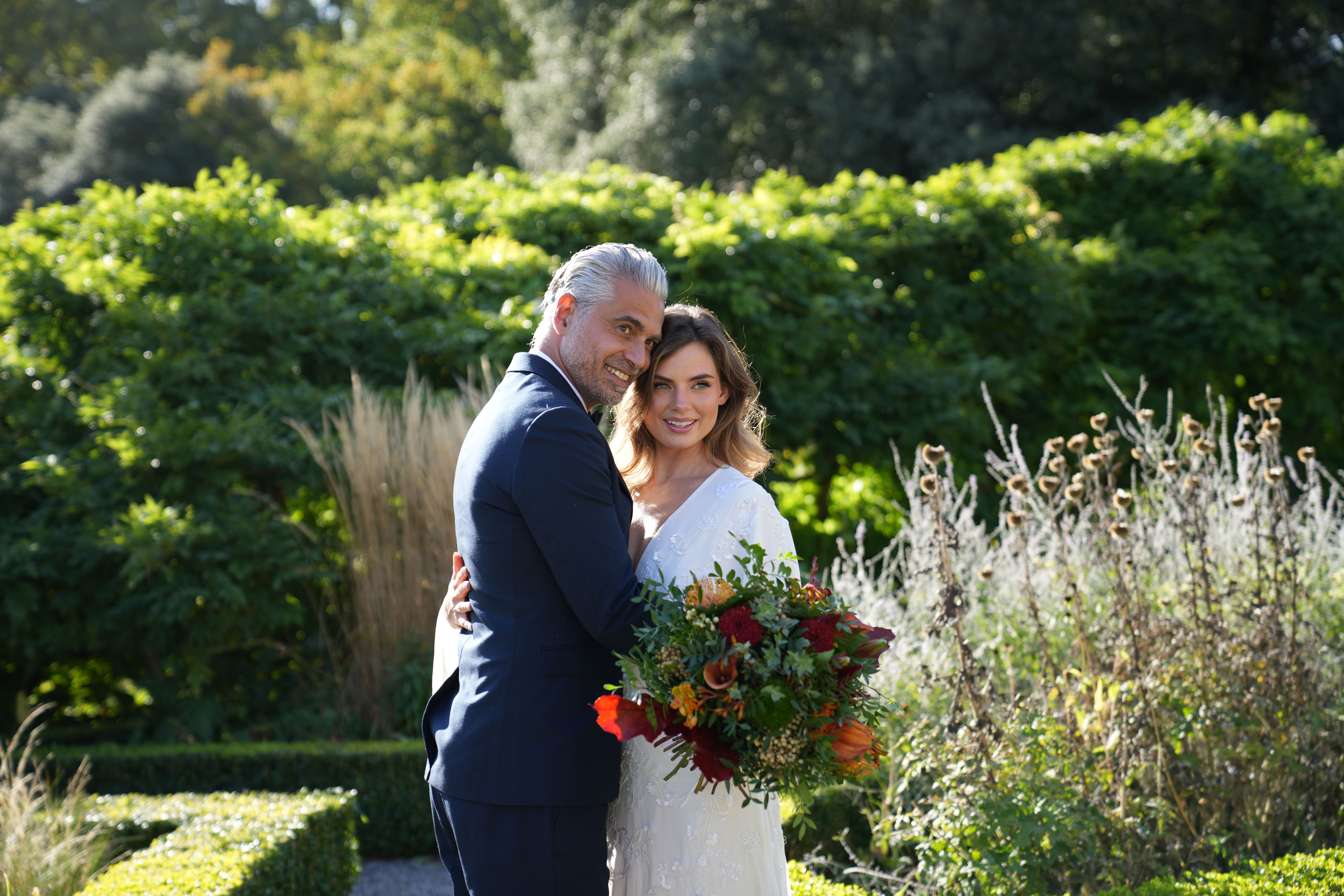
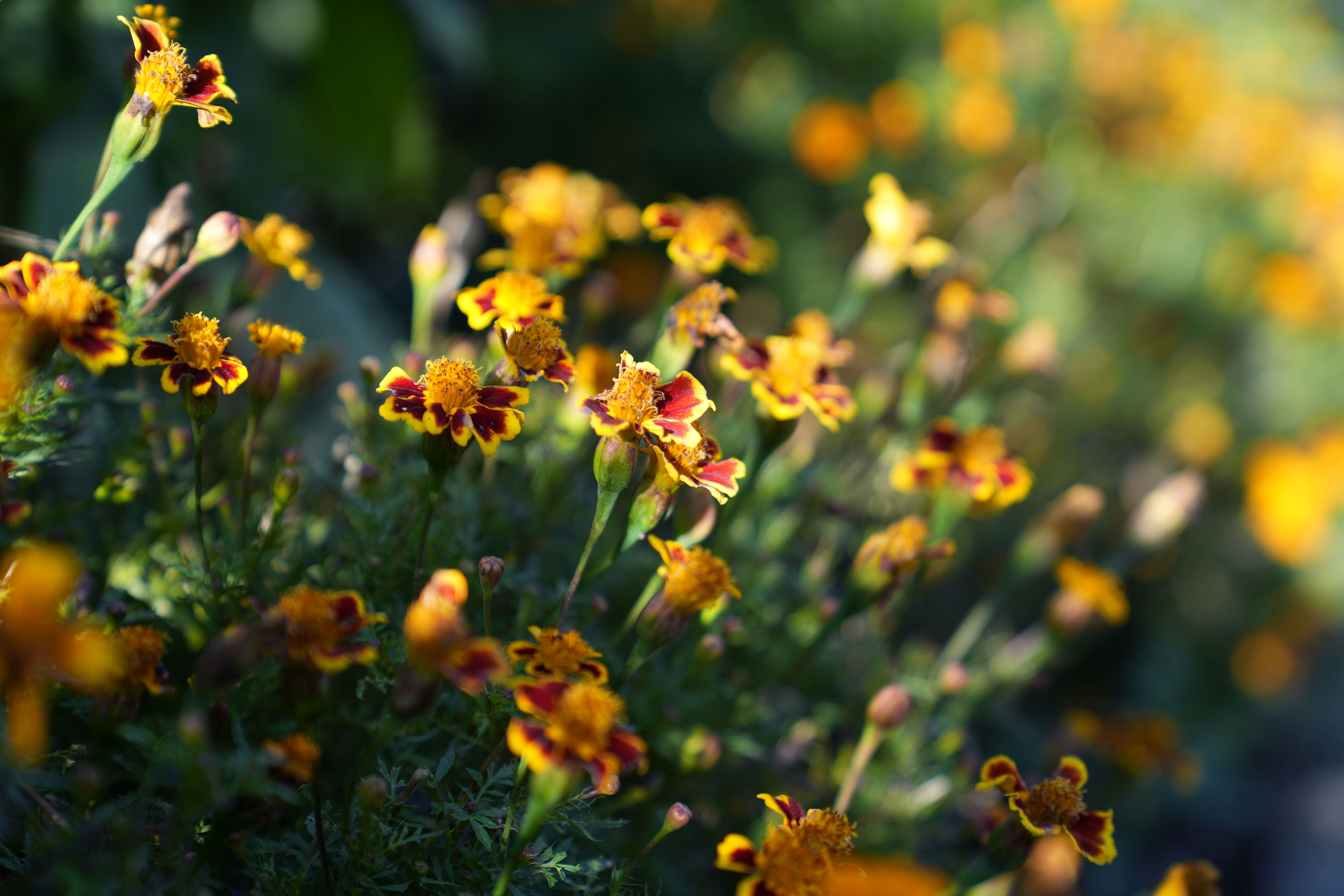
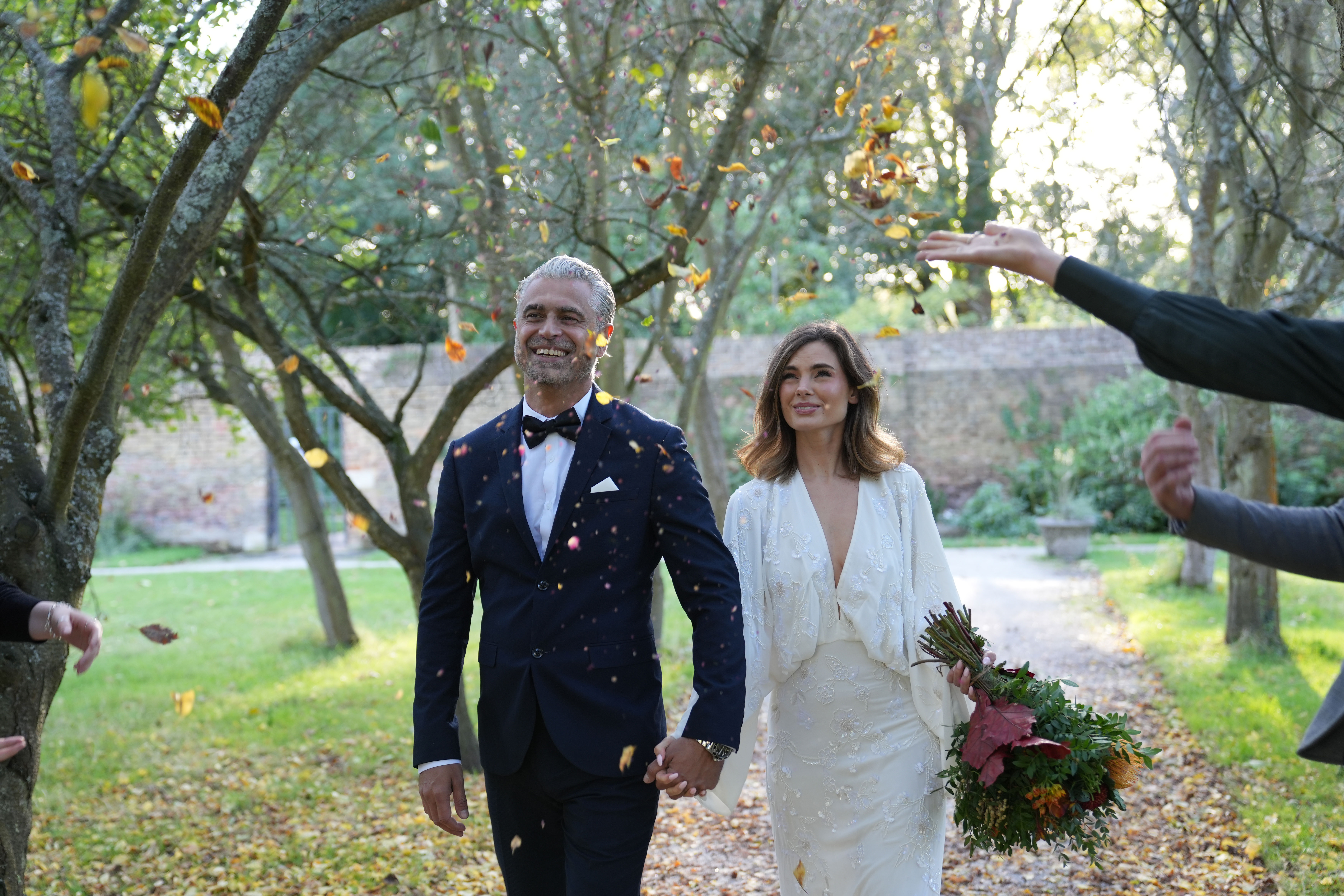
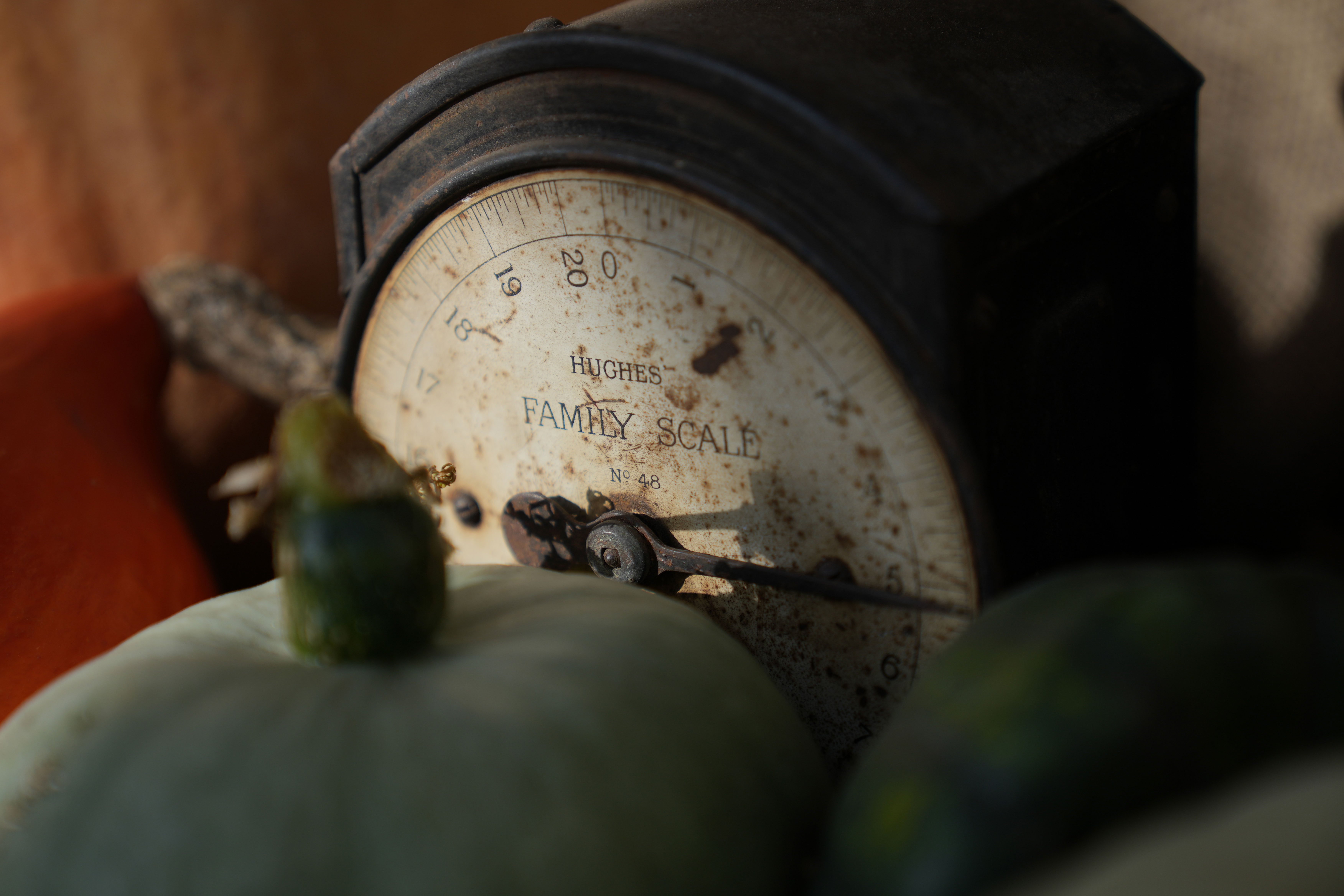
Features | Pushing 'entry level' full frame to the limit Sony has thrown a lot into this camera including a higher resolution and big video specs | ★★★★★ |
Design | Weather-sealed and well laid out camera body is easy to use, the menus can be a little complicated though | ★★★★★ |
Performance | Excellent all rounder, with fantastic photo and video quality, although noise and IBIS lags behind other brands | ★★★★☆ |
Value | Loses the enthusiast pricing of the previous version, but still manages to undercut many of its closest rivals | ★★★★☆ |
Best Sony camera for resolution
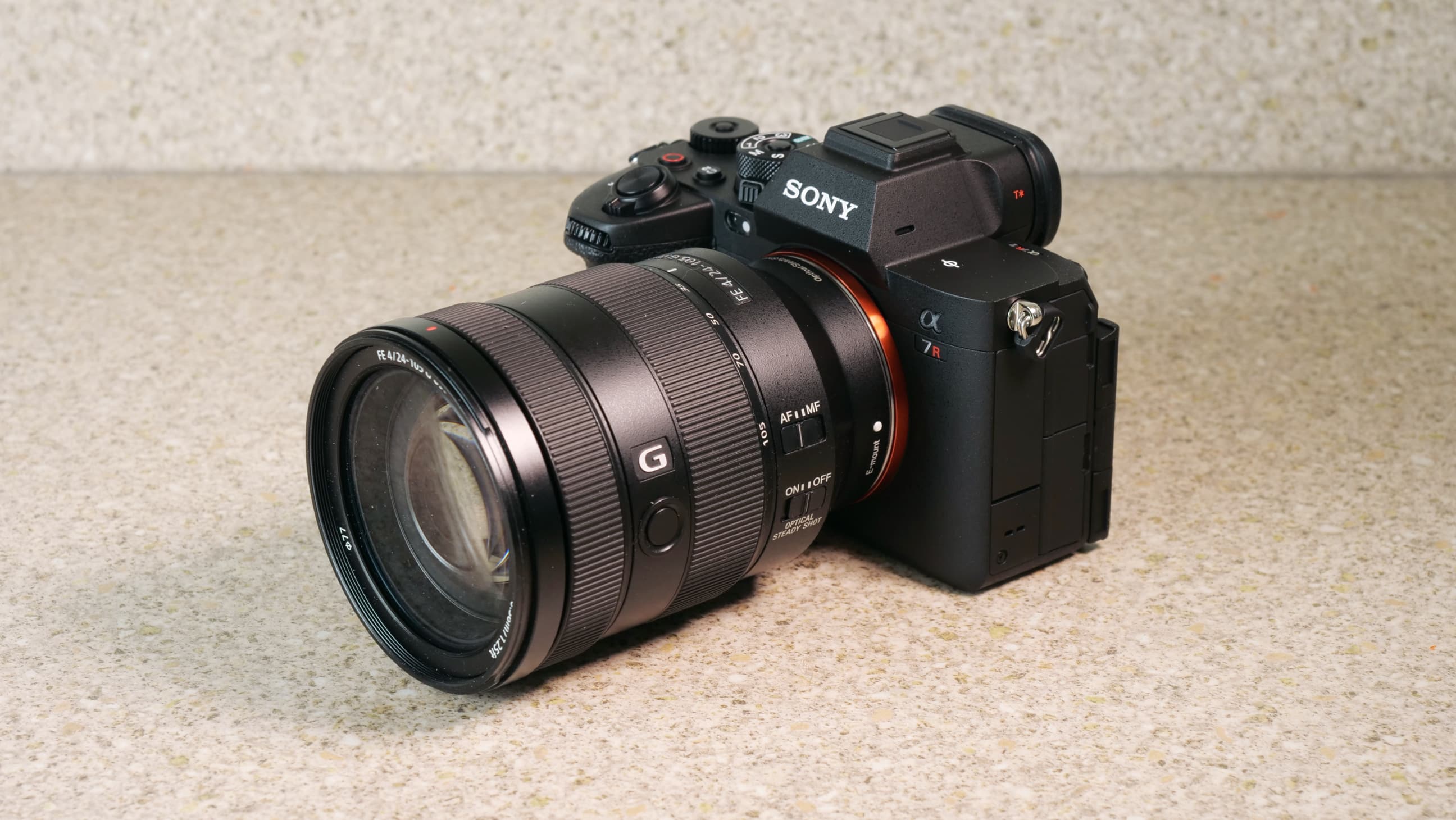
Specifications
Reasons to buy
Reasons to avoid
✅ You need the highest resolution for professional work: this is one of the joint highest-resolution full-frame cameras out there, and if you need ultimate quality in your work, this is a must-have.
✅ You want a professional hybrid camera: while the Sony A7 IV is the better general choice for hybrid shooters, serious professionals might get more use out of the 8K on the A7R V
❌ You won't use all those megapixels: the massive resolution is only really useful if you plan to print your work or display it on very large screens. If you just publish online then much lower resolutions will do just fine.
❌ You are on a budget: the A7R V is very expensive, and most creatives don't need all its powers. The A7 IV, A7 III, or A7C might be better choices.
The Sony A7R V was meant to just be Sony's 'resolution specialist' but instead the engineers just decided to go ahead and put pretty much everything part they had around the studio into the camera. The A7R V is a technically overwhelming camera, with specs that will make you drool, although I am not sure everyone needs it.
The headliner is the 61MP sensor, which resolves beautiful detail when paired with professional lenses from Sony, Sigma, and others, which is perfect for portrait, landscape, or product photographers who might want to make big prints of their work. It also comes in handy with wildlife and sports shooting, as you can crop tighter into the action if your lens isn't quite long enough. With a 10fps burst rate, it's not the fastest camera, but it ain't bad for pushing all those megapixels.
The A7R V might be technically overwhelming, but it is a little physically underwhelming. The camera body feels too small – or not tall enough in the body – and is a bit of a mismatch with the big pro lenses you’ll certainly be using with it. The controls follow a generic layout rather than being adapted to this camera’s strengths. You can customize the buttons endlessly to suit the way you work, but that takes time and also a good memory for which button you’ve customized to do what.
Paired with new AI subject recognition AF is remarkable, both for its rapid identification and acquisition and its very sticky ‘tracking’. There is also a much better in-body image stabilization system, which is pretty essential when even the slightest jitter looks much worse in 61MP.
The image quality is every bit as good as that of the A7R IV before it, and while Sony says it’s better, I am not sure how much of a worthwhile upgrade the A7R V is for anyone who already uses the prior model. For newcomers though who are after the most resolution possible in a full-frame camera for professional work then this is a must-have, although for the lofty price Sony charges, this camera really is only for dedicated professionals.
Read more: Sony A7R V review
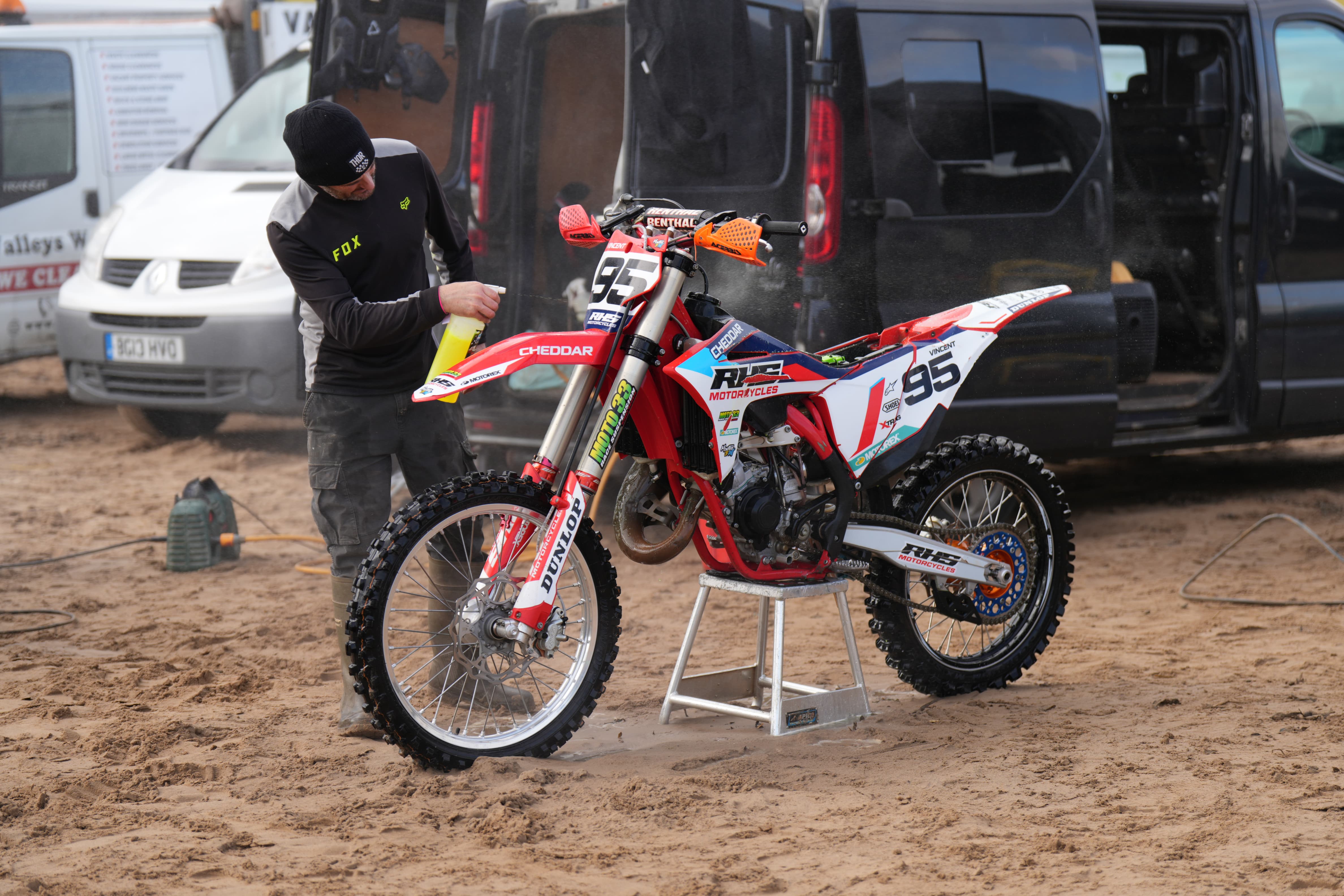
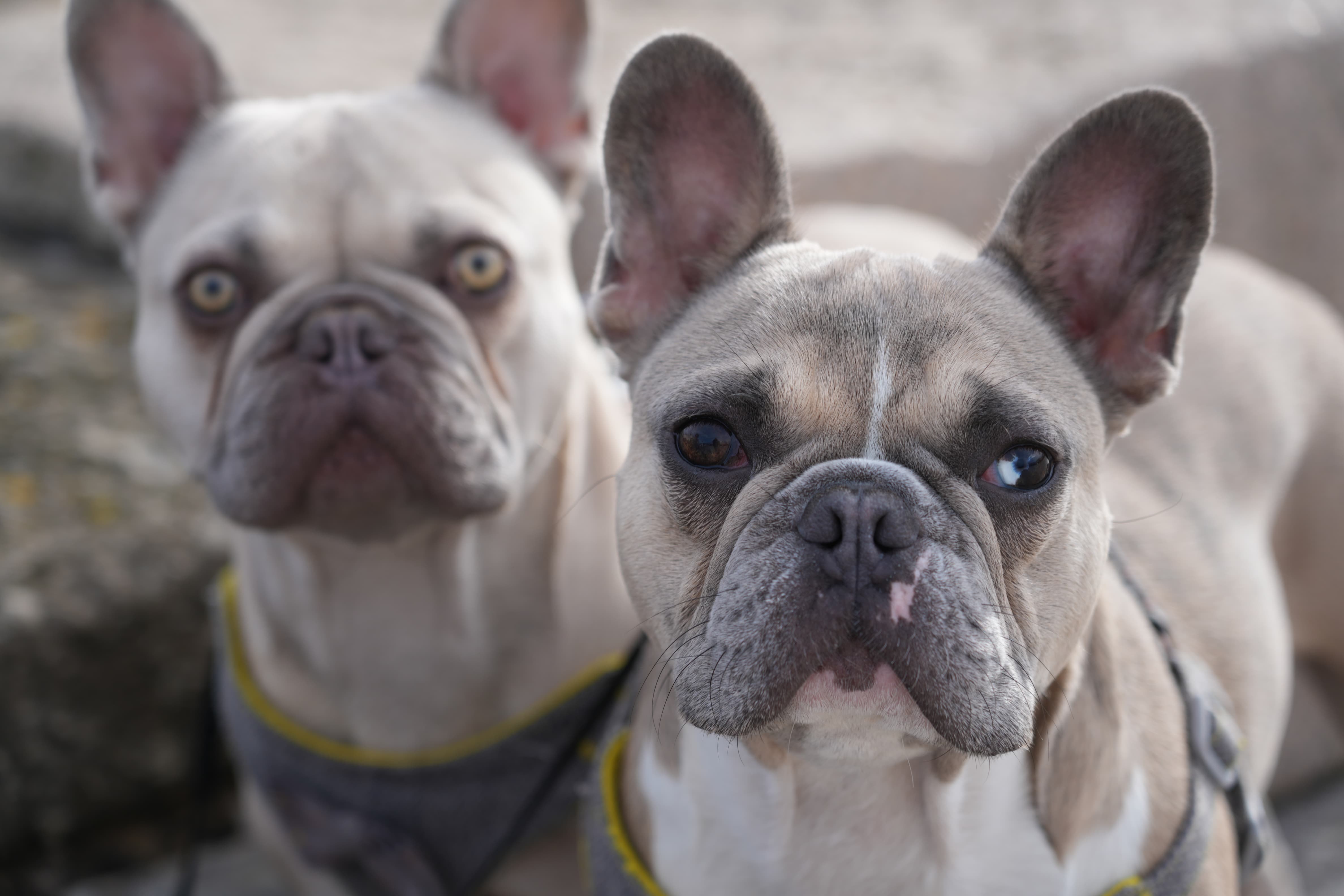
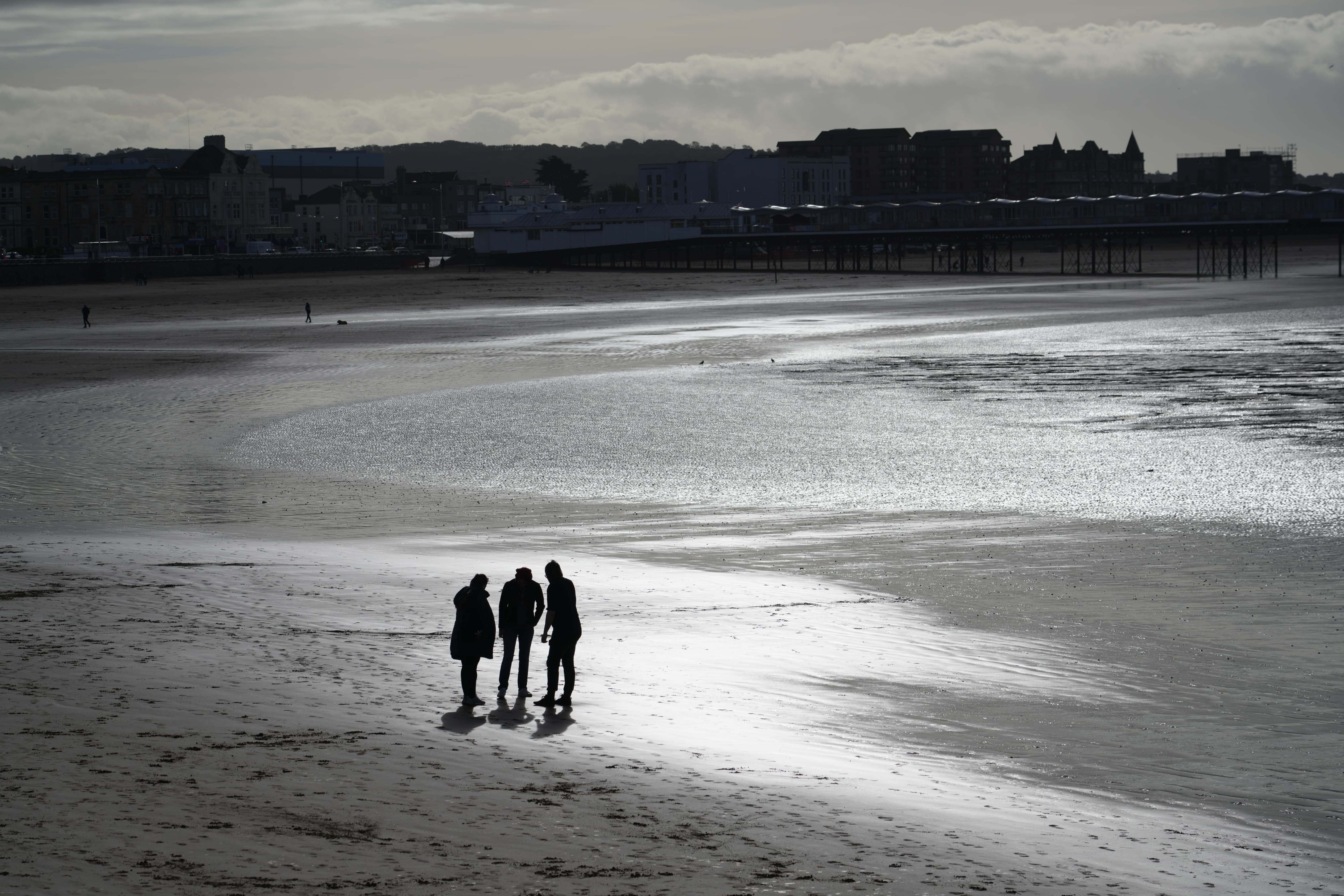

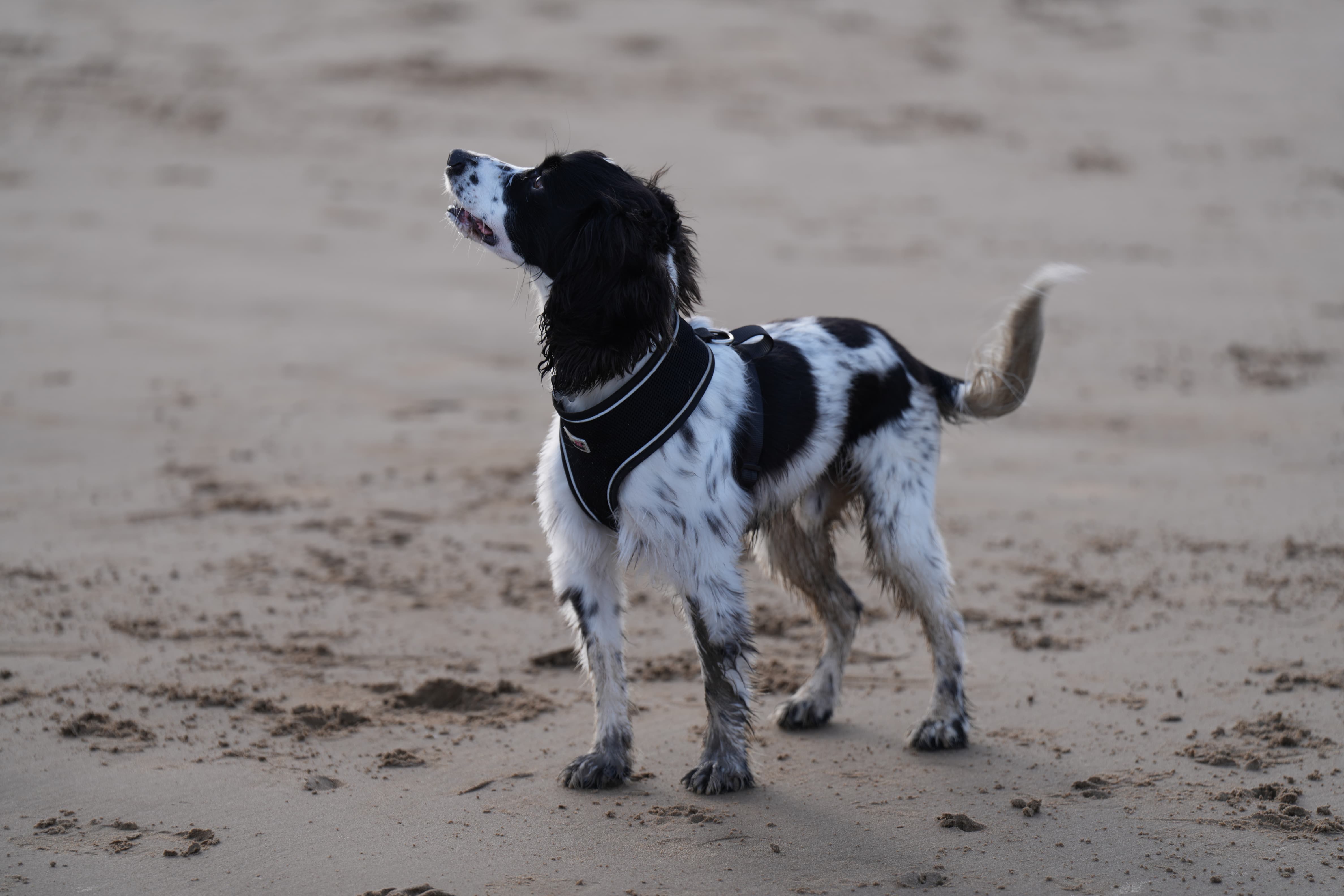
Features | It might be the 'resolution specialist' but this camera has everything with 8K video, 10fps, and AI-powered autofocus | ★★★★★ |
Design | Usual great Sony body design, the vari-angle pivot screen and extra custom function buttons are great additions | ★★★★★ |
Performance | Stills, video, sports, it does it all The downsides are 61MP files are very big to work with, and its headline 8K video is cropped. | ★★★★★ |
Value | All this power does not come cheap, and the A7RV is priced right up in the dedicated pro bracket | ★★★★☆ |
Best Sony camera for sports
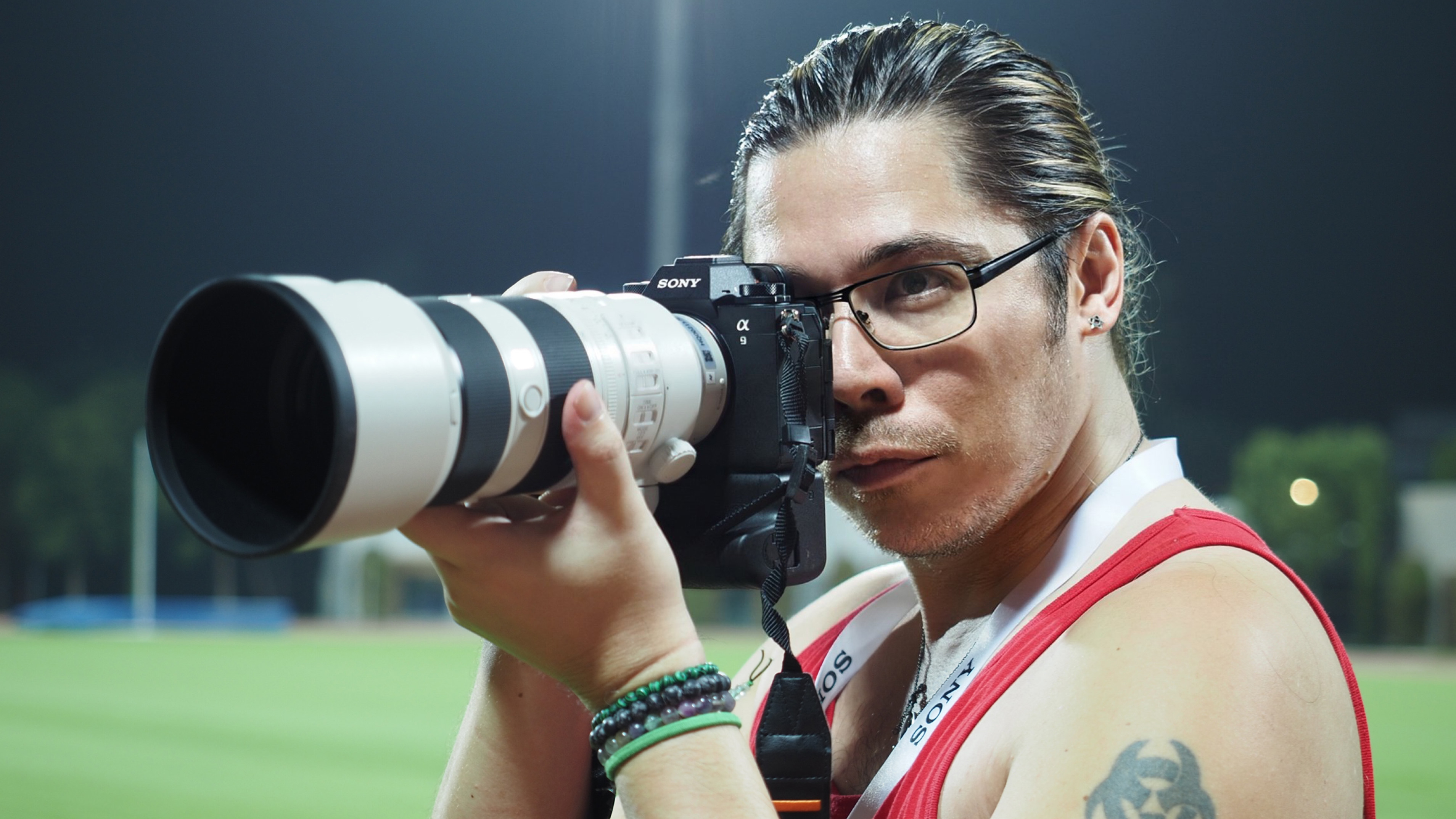
Specifications
Reasons to buy
Reasons to avoid
✅ You are a professional sports or wildlife photographer: only the very top sports and wildlife photographers need this camera, but for those shooters, it will be invaluable.
✅ You want a camera that pairs with a grip for big lenses: with the optional vertical battery grip, the A9 III is the easiest camera in Sony's lineup to handle with long telephoto lenses.
❌ You don't need that burst speed: the A9 III is overkill for most photographers and the insane burst speeds of this camera are more of a hindrance than a help.
❌ You want to shoot a lot of video: the A9 III is capable of 4K video up to 120p, but for a lower price you can get the Sony A1 with 8K video and a 50MP (that still shoots a respectable 30fps).
To quote from our review, "I am nothing short of gobsmacked, blown away, bowled over, and wowed by the Sony A9 III". With the first-ever global shutter put in a consumer camera, it enables a top shutter speed of a mind-blowing 1/80,000 and up to 120 frames per second for RAW+JPEGS. Oh and the full 1/80,000-second global can also be used with flash!
The A9 III's blistering speed is matched by Sony's impressive AI autofocus performance, which can track more subjects than ever before as well as perform feats like human pose estimation, which knows what your subject is going to do before they do.
However, this camera is definitely only for those who need the very best in speeds, we are talking about the professional sports photographers of the world where every millisecond can mean missing the action or getting that back page shot.
If that is you, then what are you waiting for? But for everyone else, this camera is overkill to a huge degree, as most photographers will never need to tap into the speed this camera can accomplish. With one of the major pitfalls of all that speed is backup, storage, and culling unwanted photos, I would rather not try to manage that!
However, if my most damning criticism is that the A9 III is too fast to keep up with, surely that's nothing but a mission accomplished for Sony! For professionals who need more than speed, however, the Sony A1 edges ahead of the A9 III as an all-around hybrid model, as it throws in 8K video and 50MP stills, although features some slightly less sophisticated autofocus tracking.
Read more: Sony A9 III review
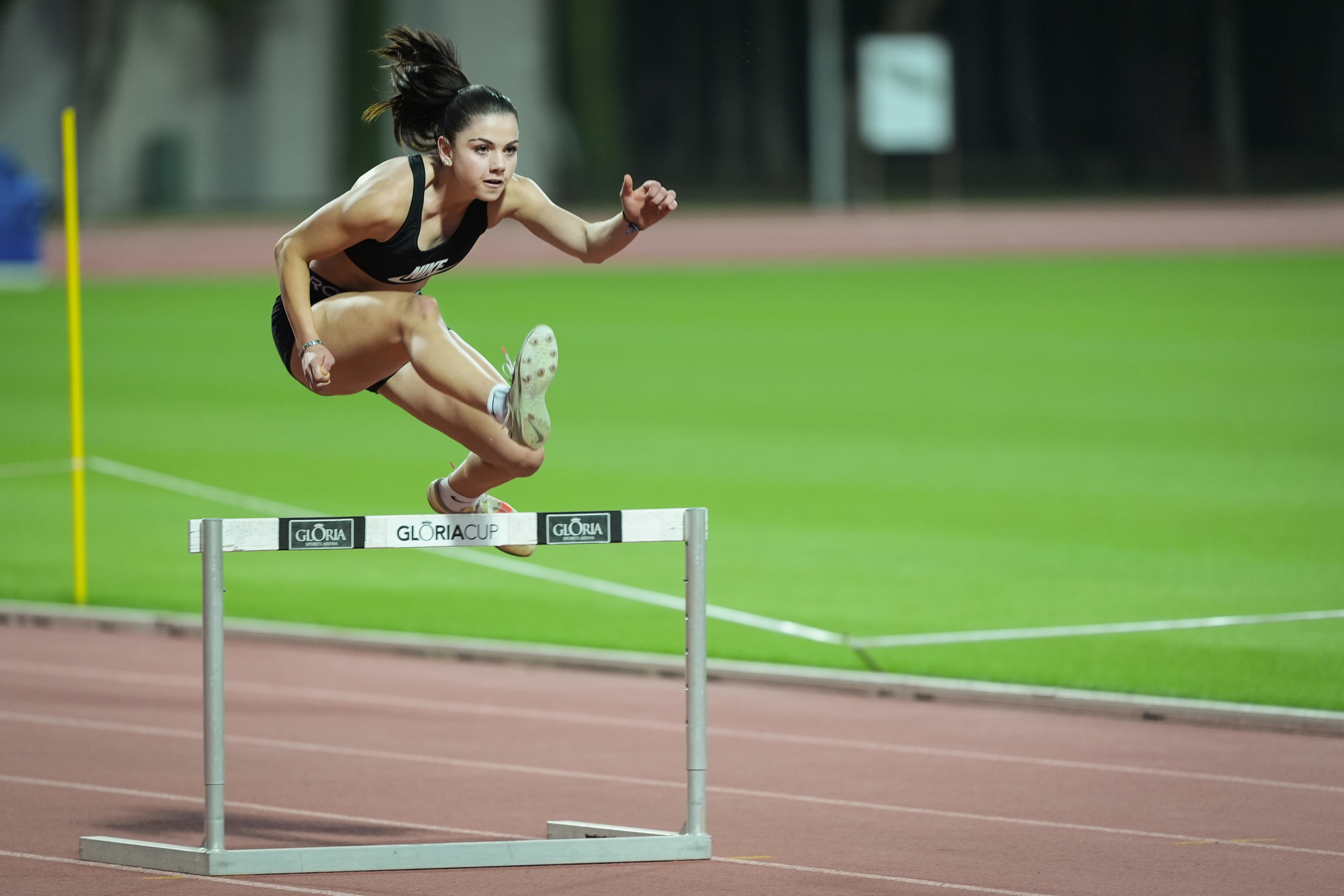

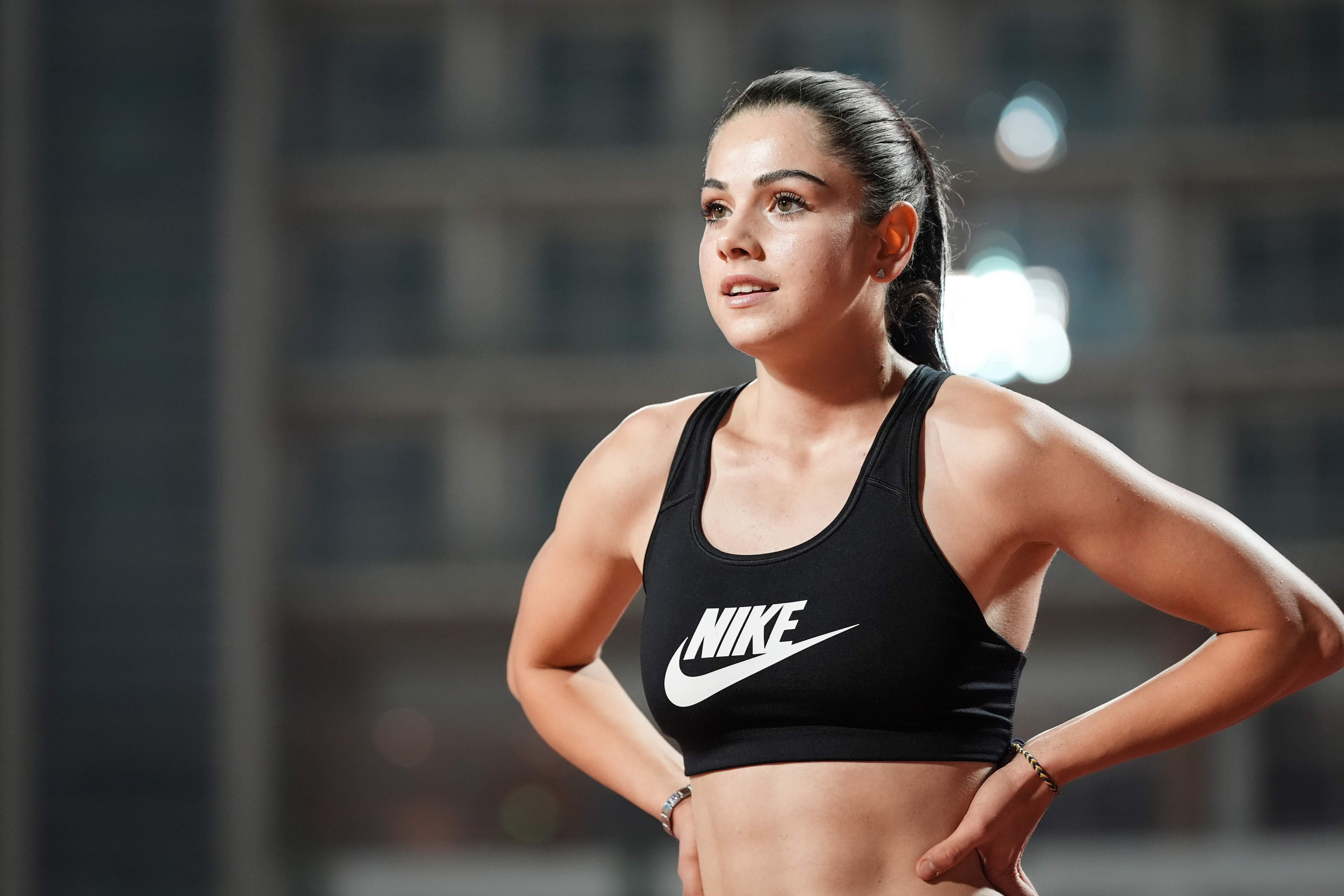
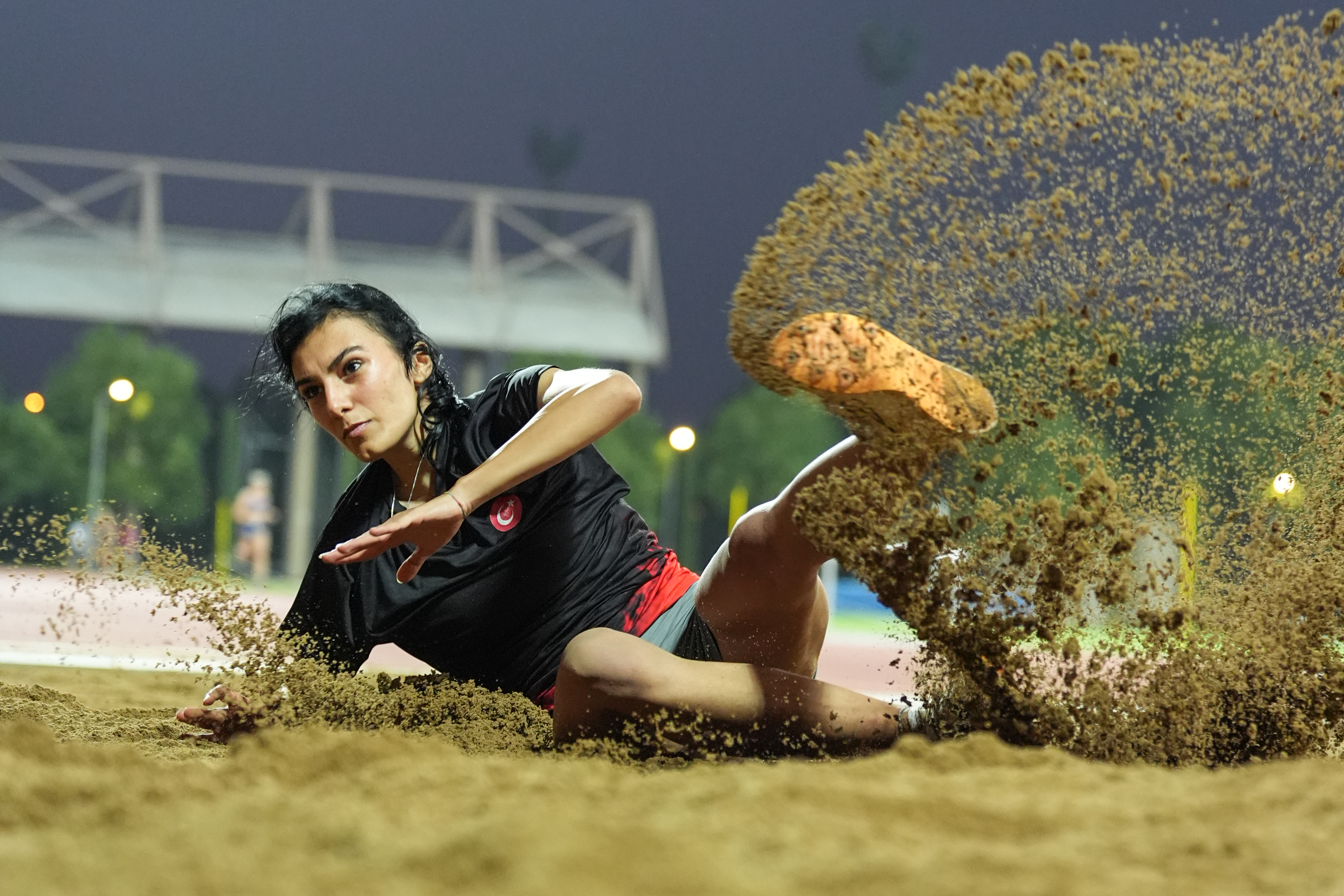

Features | Global shutter with 120fps stills and 1/80,000 sec shutter speeds, although some will complain about the relatively small 24.1MP sensor | ★★★★★ |
Design | A deep grip and custom function buttons will satisfy pros, although many will wish the vertical grip was built in | ★★★★☆ |
Performance | Mind blowing speed makes this the best sports camera ever for the very top pros, although is overkill for anyone else | ★★★★★ |
Value | Be prepared to pay for that global shutter, as this very pricey camera is considerably more than Canon or Nikon's best | ★★★★☆ |
Best Sony camera for travel

Specifications
Reasons to buy
Reasons to avoid
✅ You want a compact and lightweight stills camera for travel: forget about the ZV range and its lack of viewfinder, the a6700 packs in Sony's best photography specs in its most travelable body.
✅ You want a great hybrid camera for content creation: the a6700 is great for stills, but with a vari-angle screen, AF-tracking, and 4K video it's the best of both worlds.
❌ You want to use Sony pro lenses: the a6700 is better used with smaller APS-C lenses, making the camera more manageable to hold. While you can use big professional lenses, it isn't a comfortable experience.
❌ You want a cheap camera: the a6700 is the top of Sony's APS-C range, and it faces some stiff competition from Canon, Nikon, and Fujifilm, as well as Sony's own ZV line.
Sony's a6xxx range has long been one of the most popular lineups of cameras for hybrid shooters who love to travel, or keen social media and YouTube content creators. The concept for the camera is a simple and pocketable camera APS-C camera, that also hides some impressive specs. The Sony a6700 represents a logical progression from its predecessor the a6600, upgrading components like autofocus and IBIS to Sony's very latest.
The a6700 maintains the compact rangefinder-style APS-C camera design from prior models but incorporates some notable and welcome improvements in button layout, however, I still found the camera was still a little cramped and hard to hold with larger full-frame lenses. If you are happy to settle for Sony's smaller enthusiast lenses, then they are a much better balance for the a6700, although it can be a little confusing to tell the two format's lenses apart.
But for hybrid stills and video shooters seeking a compact camera, importantly – with a viewfinder, the a6700 stands out as my preferred choice among Sony's APS-C lineup, and a much better choice over Sony's confusingly similar ZV range of cameras.
The a6700 delivers an exceptional stills experience with an improved resolution, better tracking, and faster speeds. While its advancements in 4K video recording and integration of AI autofocus technology from Sony's more powerful and pricey cameras means the a6700 is a little more powerful than its compact size might allude to.
The a6700 does have a higher starting price compared to the previous generation, and it is relatively more expensive than some competitors, which have done a lot to close the gap in recent releases. However, the a6700 offers a lot for the money and emerges as one of the top choices for travel photographers and content creators who prioritize professional features within a compact form factor.
Read more: Sony a6700 review





Features | The latest Sony AI-AF, IBIS, and oversampled video are squeezed into Sony's best compact and travelable APS-C camera | ★★★★★ |
Design | While it plays well with small APS-C lenses, the small body is hard to use with bigger Sony optics | ★★★★☆ |
Performance | Image and video quality is excellent, with autofocus and IS taking a big jump from prior models. and the smaller sensor crop benefits distance shooting | ★★★★★ |
Value | A lot of camera tech for fantastic value, although other brands have equally compelling options | ★★★★★ |
Best Sony camera on a budget
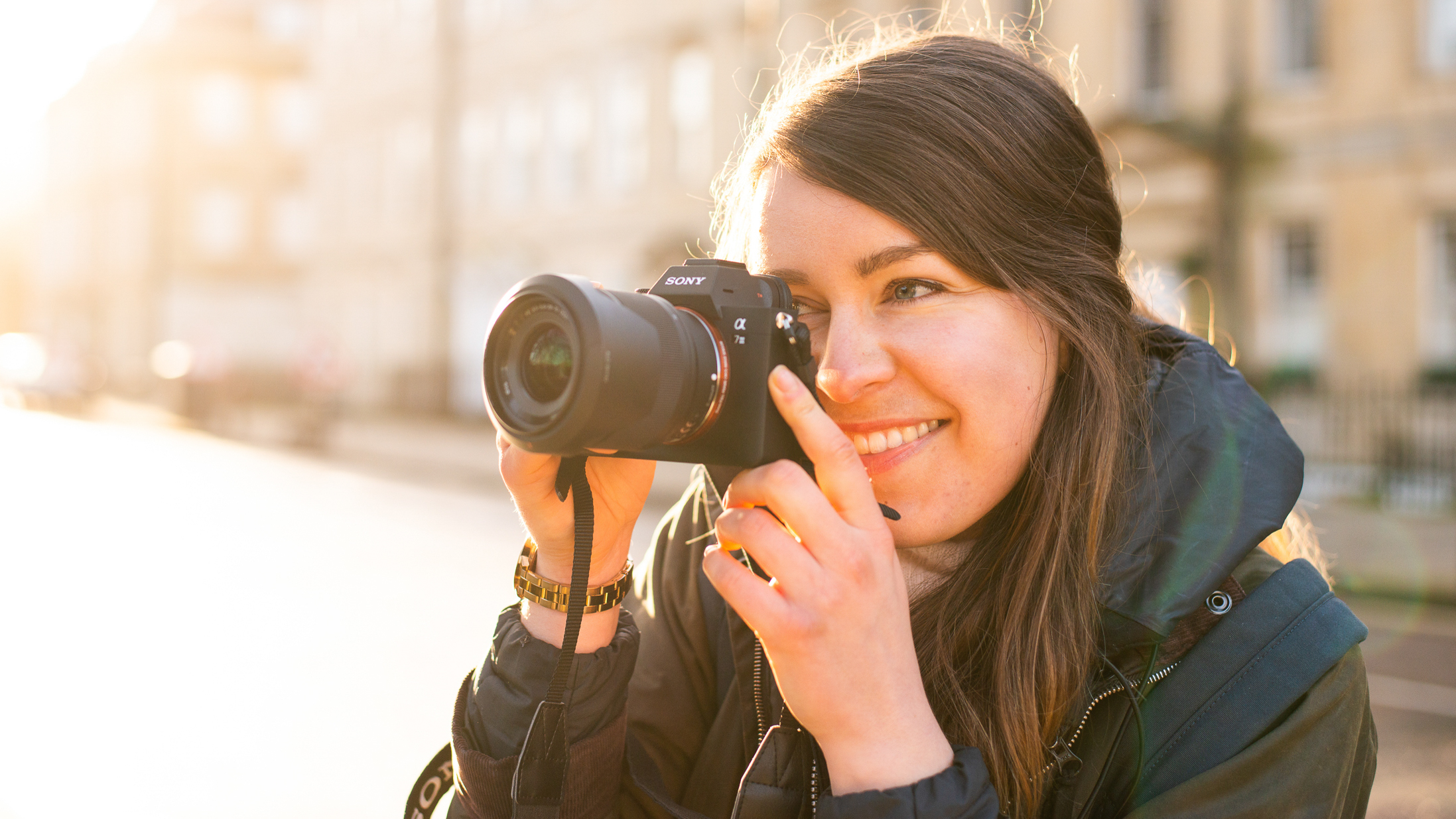
Specifications
Reasons to buy
Reasons to avoid
✅ You want to try full-frame without spending a lot: full-frame photography offers many benefits for subject separation, low-light performance, and dynamic range. The A7 III is a great way to try some of these without breaking the bank.
✅ You are happy enough with older tech: the A7 III doesn't have the latest tech, but new tech is overrated in creativity, and the A7 III can still create incredible images and video in the right hands.
❌ You shoot a lot of professional video: the 4K video on the A7 III is great, but the autofocus and IBIS have been improved dramatically on newer models, which are a better choice for professional work.
❌ You aren't bothered about sensor size: if the thought of full-frame doesn't do anything for you, then there are far more powerful APS-C and MTF cameras for much less money.
You might have spotted the next generation of the A7 III (A7 IV) at the top of this list, and while that camera is just about every aspect of the A7 III refined and tuned up with Sony's latest tech, Sony made the A7 III so good that it is refusing to go away. And planned or not, this has certainly worked in Sony's favor as it has perhaps unintentionally got the best value full-frame camera on its hands.
Headline features include a highly effective 696-point AF system, eye autofocus, and 4K video with a 5-axis image stabilization system that promises 5EV of compensation. There’s a 24.2MP back-illuminated image sensor, coupled with the latest generation of the image processor, and the two deliver excellent tonal range and make super-high ISO settings possible. All this might seem pedestrian today, but it was sit-up-and-take-notice stuff in 2019 when the camera was released.
Handling is good, though some may find the body a little small when paired with pro lenses, although this does apply across the Alpha range. There are so many lenses to choose from though, with Sony's own range being extensive, but its willingness to open its mount means there are incredible third-party options too.
It might not have the blinding speed of Sony’s top-flight A9 cameras or the ultra-high-resolution of the A7R V, but the Sony A7 III still manages to offer a compelling alternative to these pricier models delivering instead sheer value for money. For the top performance at a sensible price, I think it’s not only the best-priced Sony camera out there – but the best value full-frame camera full stop!
Read more: Sony A7 III review
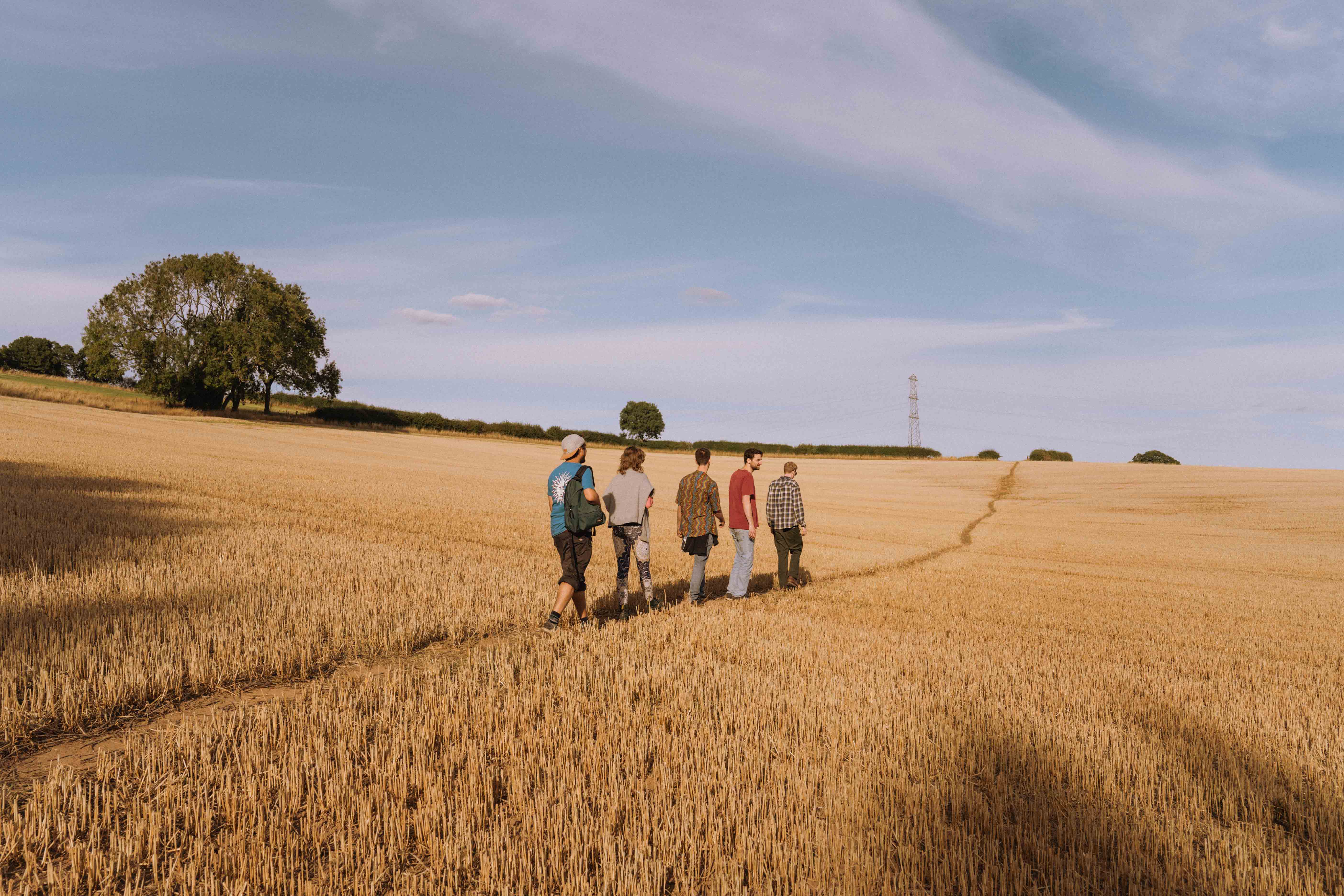
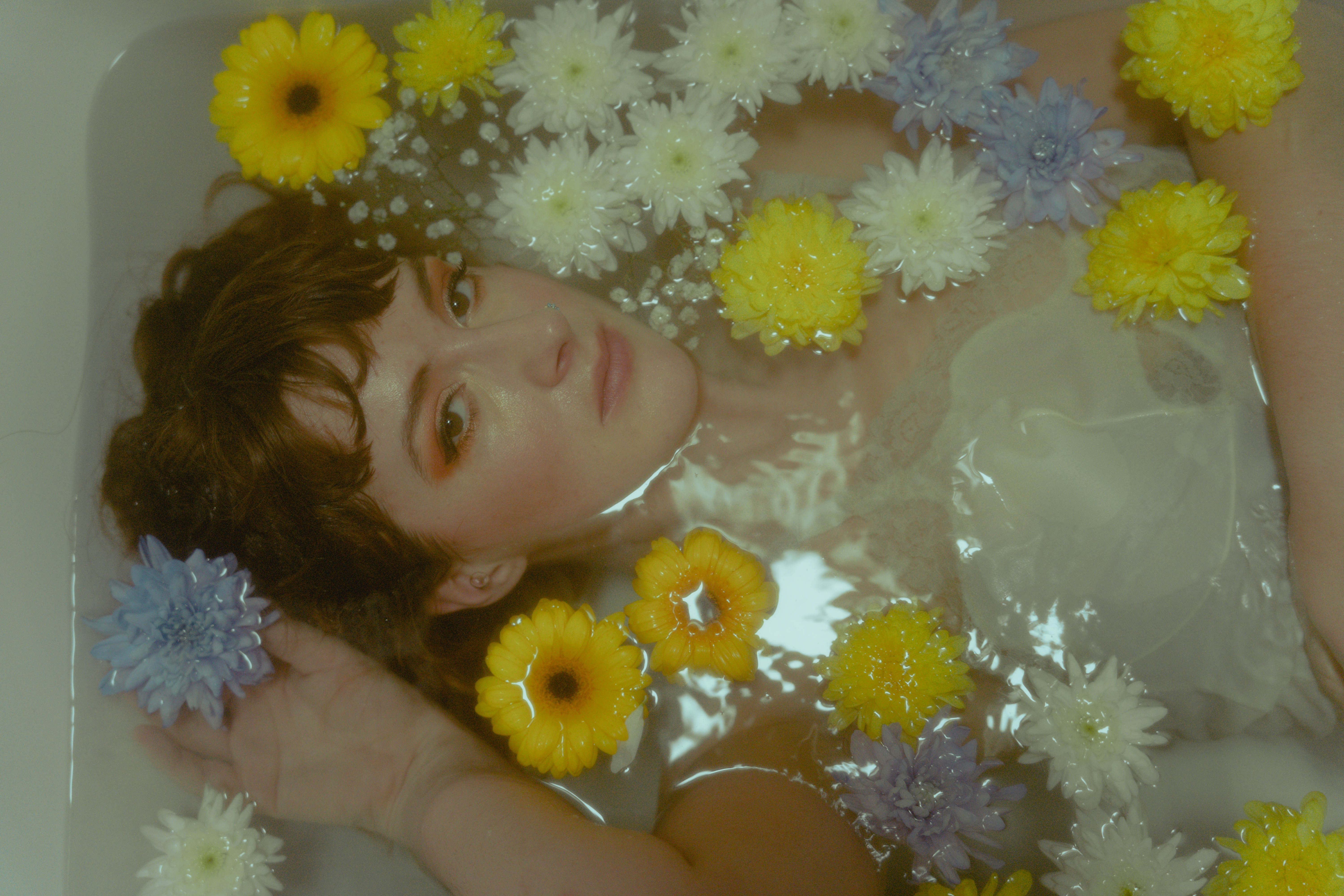
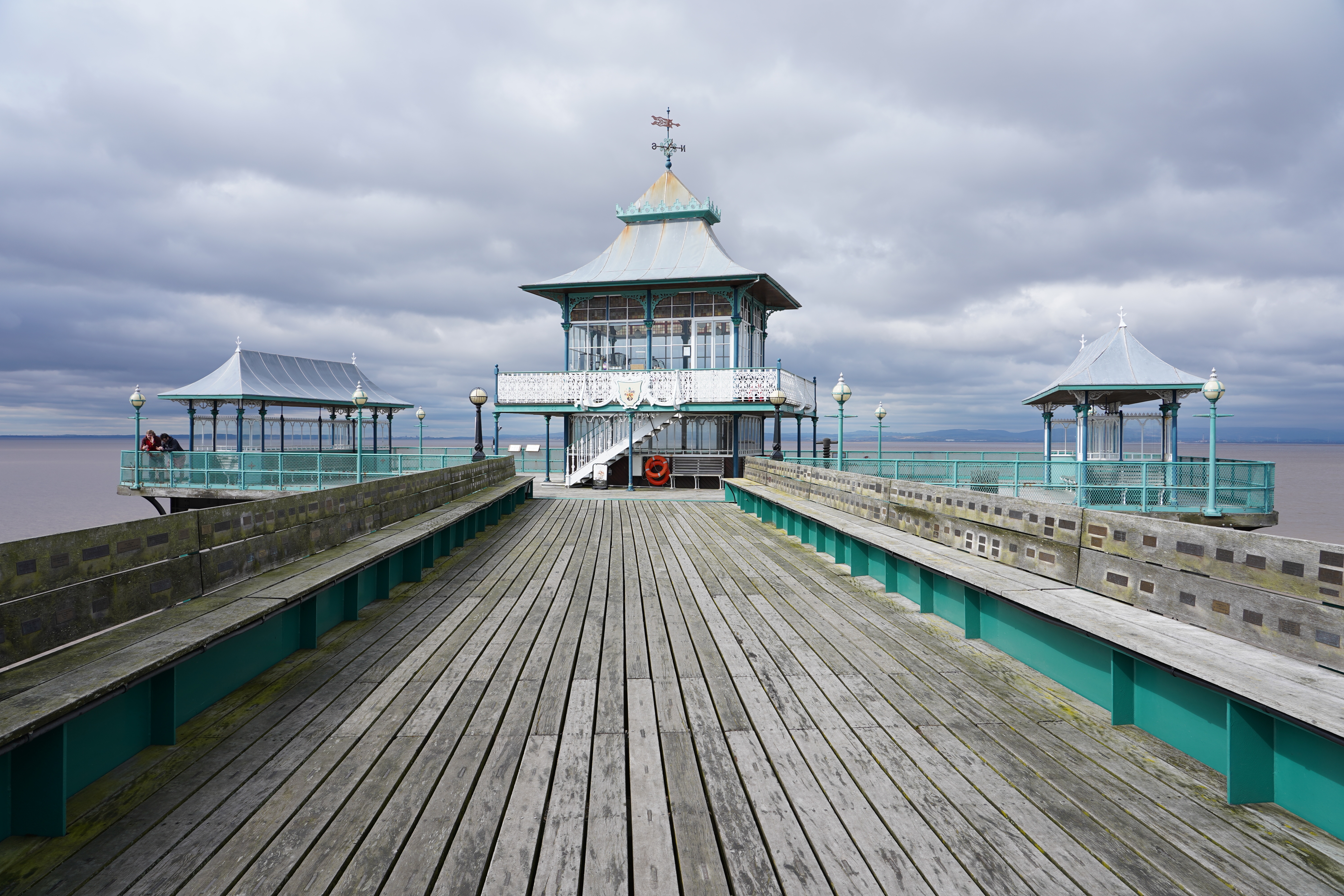

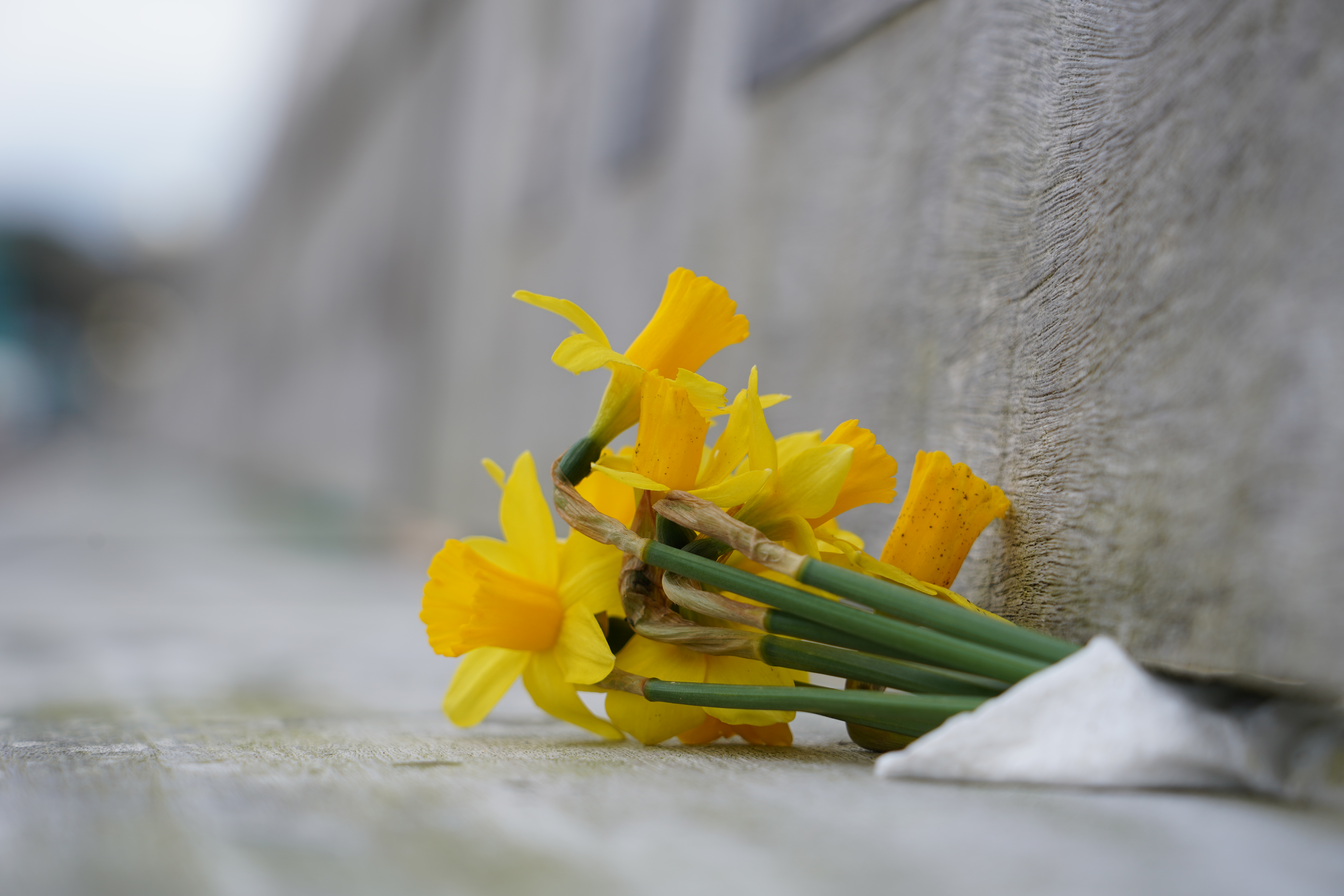
Features | It might be an older model, but still has the mod-cons like eye detection, IBIS, and 4K video | ★★★★★ |
Design | Fantastic hybrid handling, small enough to travel yet big enough for pro work. Menus are a bit of a nightmare | ★★★★★ |
Performance | Newer Sony cameras do things much better, but the A7 III has great 4K vids, and 24MP is still respectable | ★★★★★ |
Value | A perfect way to get into full frame photography with a lot of killer features for incredible value | ★★★★★ |
The best Sony camera for video
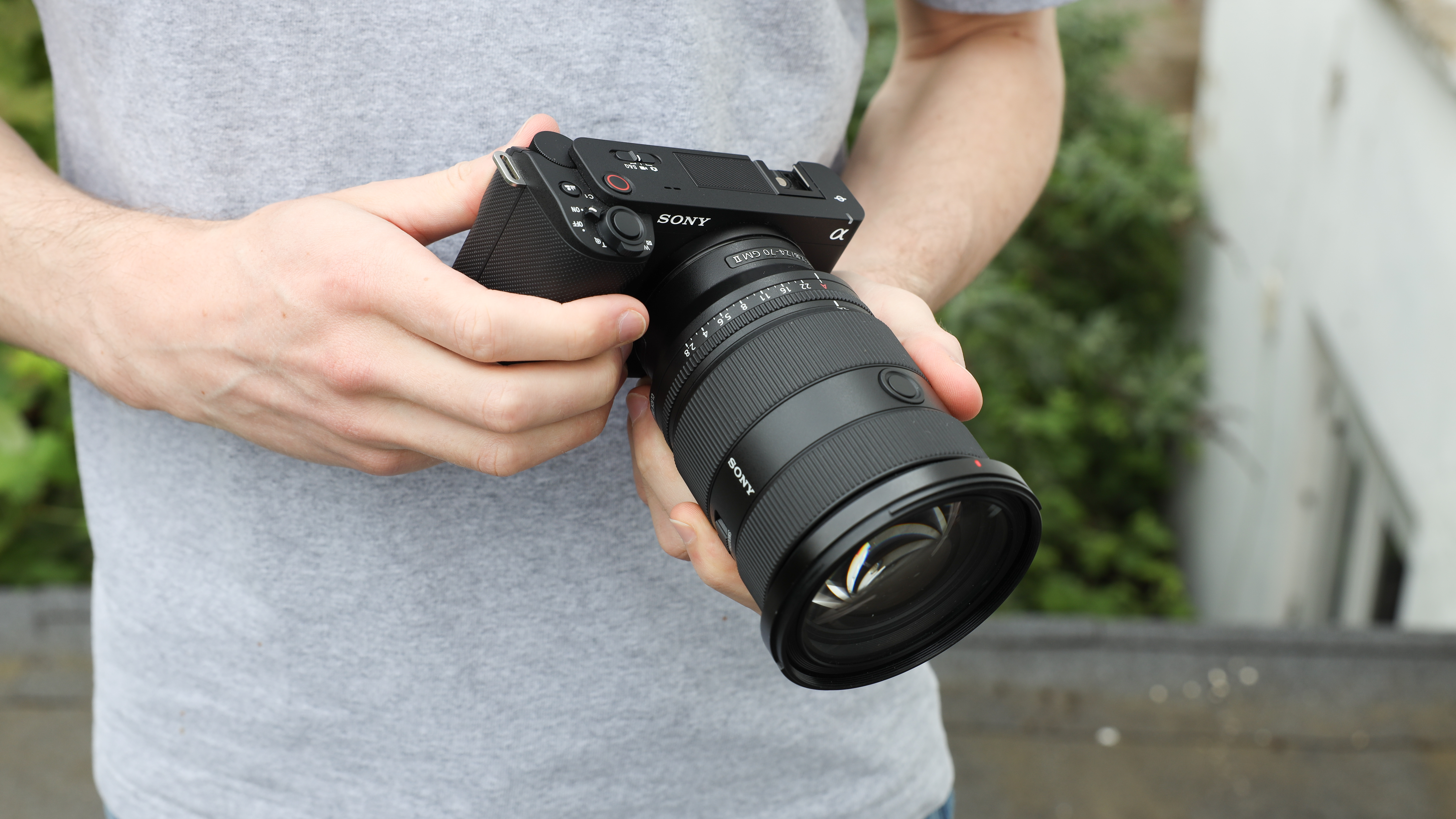
Specifications
Reasons to buy
Reasons to avoid
✅ You want an all-in-one solution for video creation: the ZV-E1's party trick is its built-in stereo audio which makes for a much simpler way to capture and upload great-sounding video without external mics.
✅ You want a compact camera for fitting onto gimbals or camera rigs: the ZV-E1 has a very compact body without many protruding parts, which makes it an ideal camera for slipping seamlessly into rigs or onto gimbals.
❌ You shoot a lot of photos: the 12MP images from the ZV-E1 are good, but the megapixel count is very limiting for both cropping and blowing up to large sizes.
❌ You don't need a full-frame sensor: there are a lot of cameras in Sony's ZV range, although with smaller sensors, but still fantastic video and audio quality which can save you a lot of money.
The ZV-E1 is an excellent vlogging camera, it is small, compact, and lightweight while packing in some incredible features like an image-stabilized full-frame sensor, and subject recognition and auto tracking straight out of the Sony A7R V. The camera is also simple and intuitive to use, so is perfect for anyone wanting professional looking footage without knowing a huge amount about cameras.
The video footage is excellent, sharp, clear, and with good color direct from the camera, so can be thrown up on social media right away. The latest autofocus tracking is just beyond good as well, especially for human subjects, it is incredibly fast and accurate, with its AI powers meaning you don’t have to worry about focus and can think about other aspects of filming. The real benefit of the ZV range is their built-in stereo microphones which offer audio that is far beyond the microphones in other hybrid cameras and rivals some of the best on-camera external microphones.
The ZV's downfall is its stills, although that isn't really the intended purpose of the ZV-E1 anyway. While still are the usual great quality expected from Sony, they are limited by the 12MP sensor. This is fine for uploading to social media for small screens, but the ability to crop into images or blow up to large sizes becomes limited.
The ZV-E1 is also tricky to use with larger Sony pro lenses, which with its full-frame sensor and skew towards serious content creators I would say these big G-Master lenses are the preferred lenses to use. The body is very compact, but this quickly becomes very front-heavy with any attached lens and is not easy to handhold, however the compact form pairs nicely with gimbals and rigs.
Read more: Sony ZV-E1 review
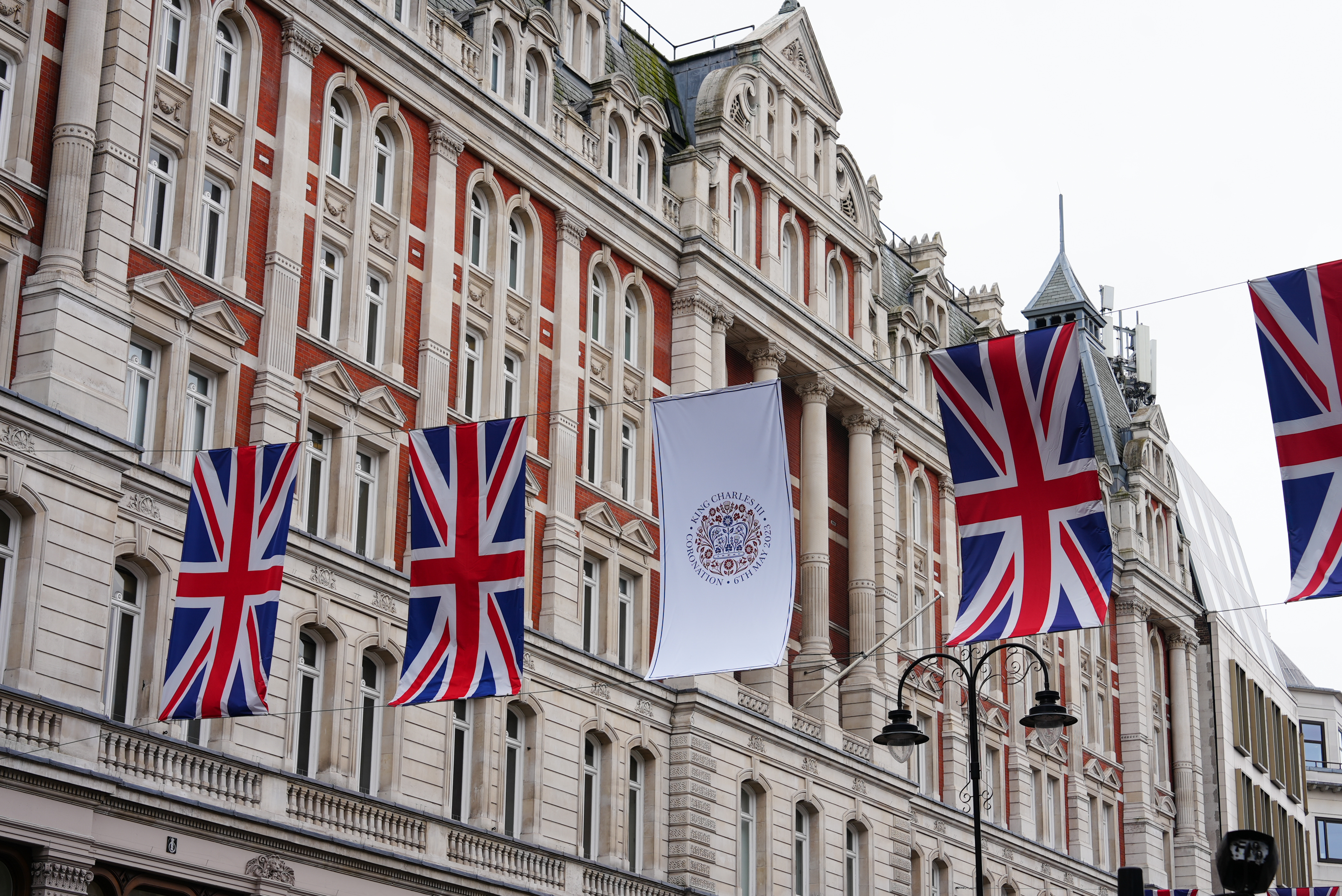
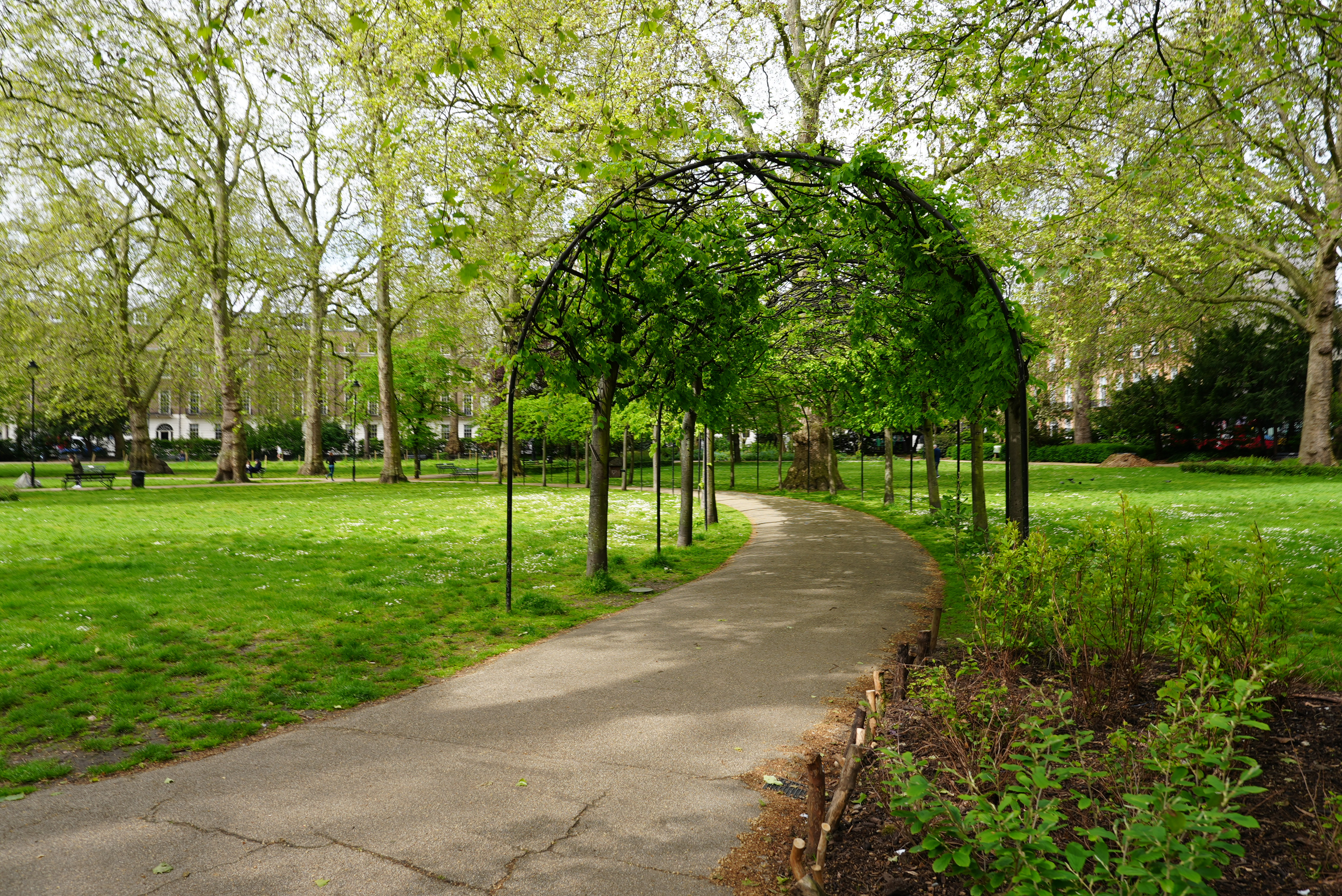
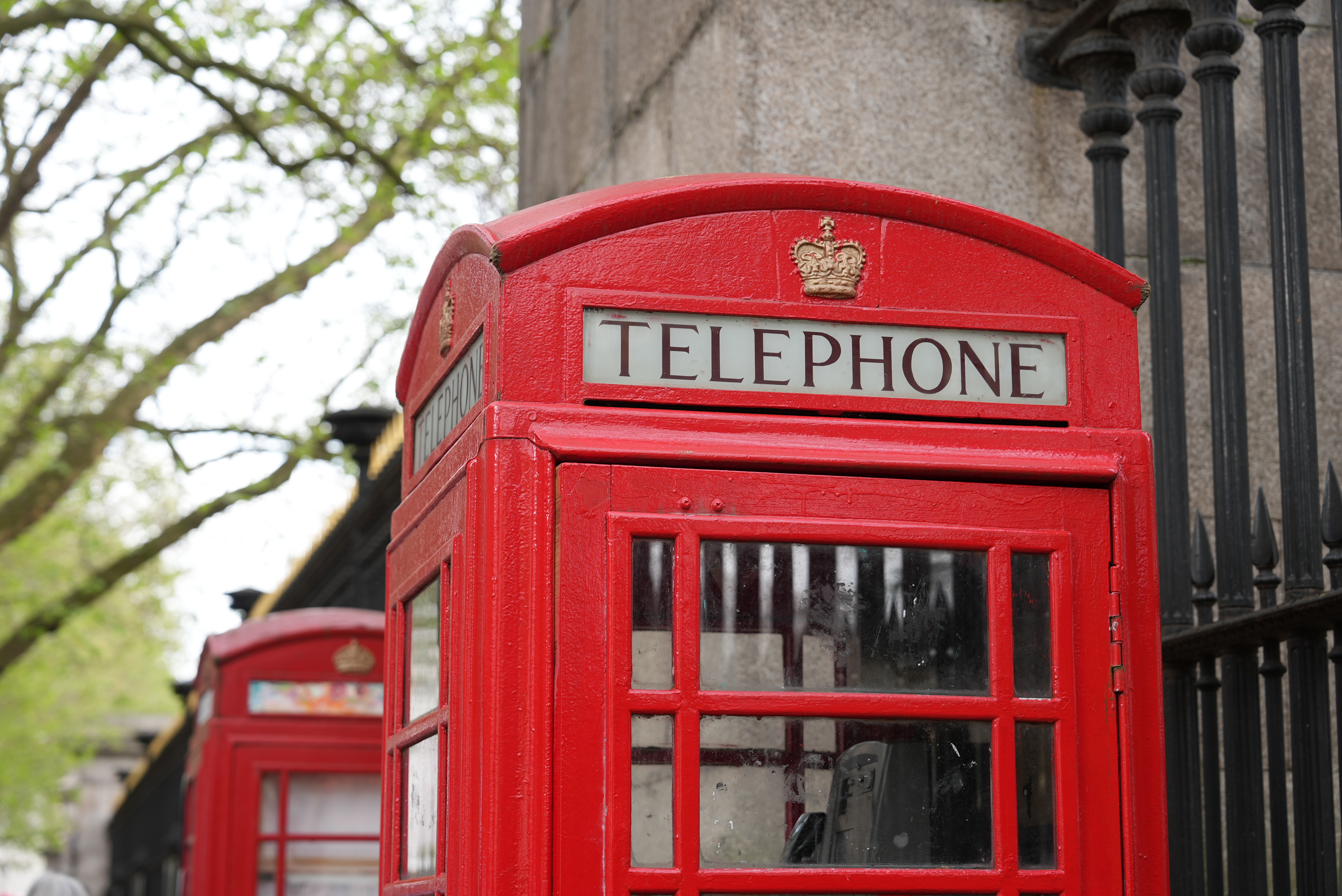
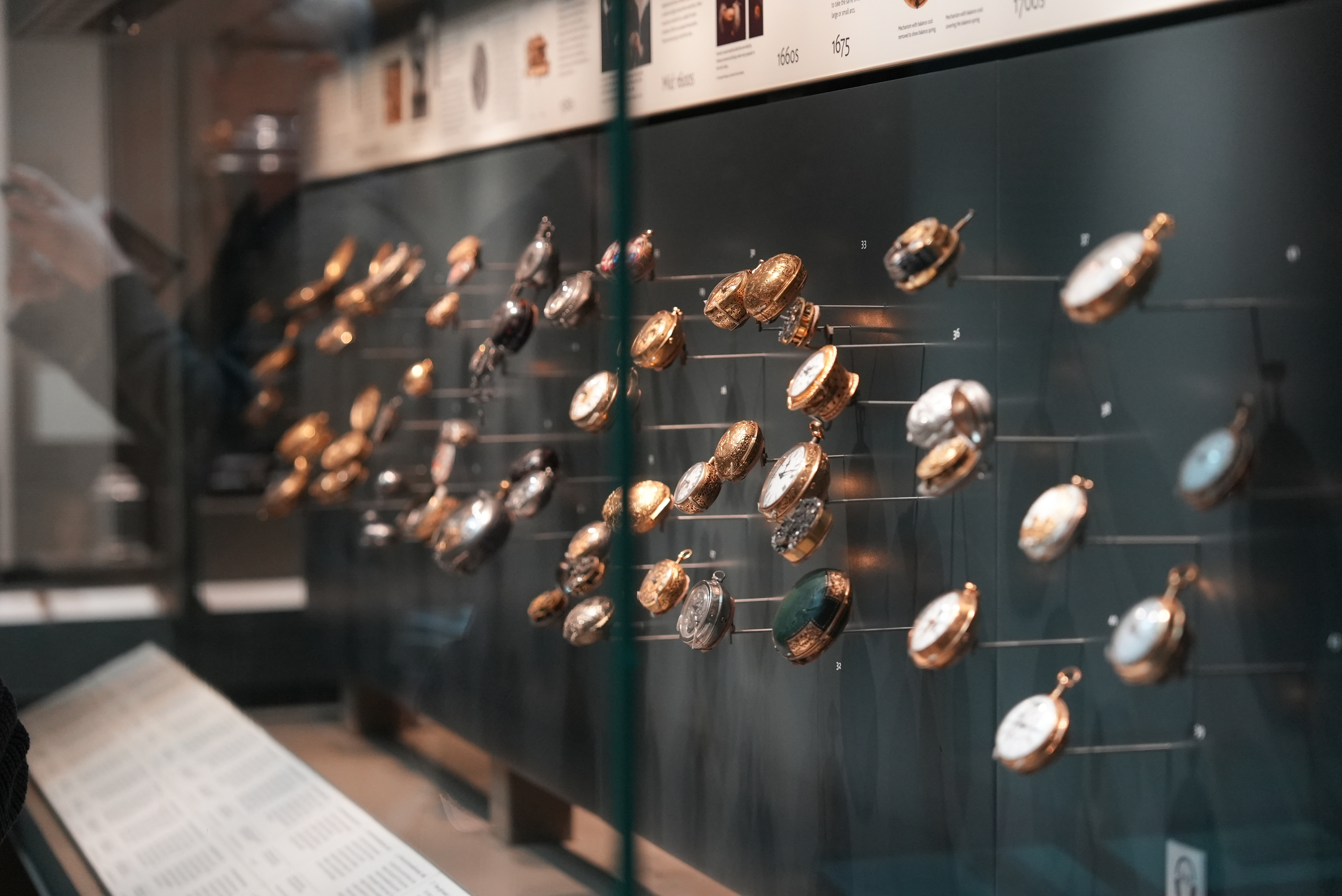
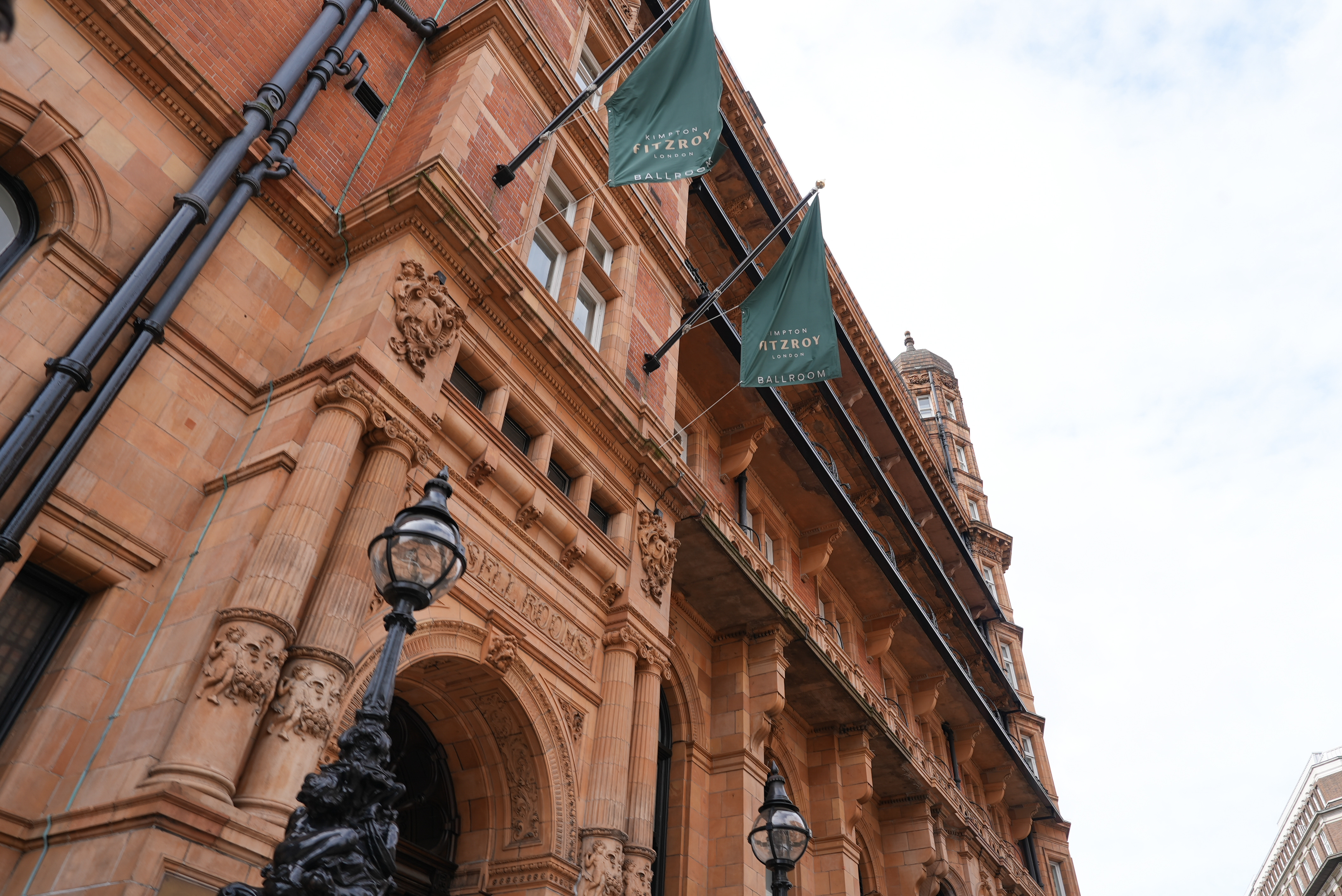
Features | 4K video, AI AF-tracking and built-in stereo audio make this a video powerhouse, but its 12MP stills take a hit | ★★★★☆ |
Design | The small body works great with gimbals and rigs, but it's not the easiest to use handheld with big lenses | ★★★★☆ |
Performance | Excellent video chops, the audio and AI-AF are both stand outs. Image quality is good, but very limited by the megapixel count | ★★★★☆ |
Value | More affordable than Sony's Alpha or FX range, but more rounded hybrid cameras can be had more the same price | ★★★★☆ |
Best Sony camera for vlogging
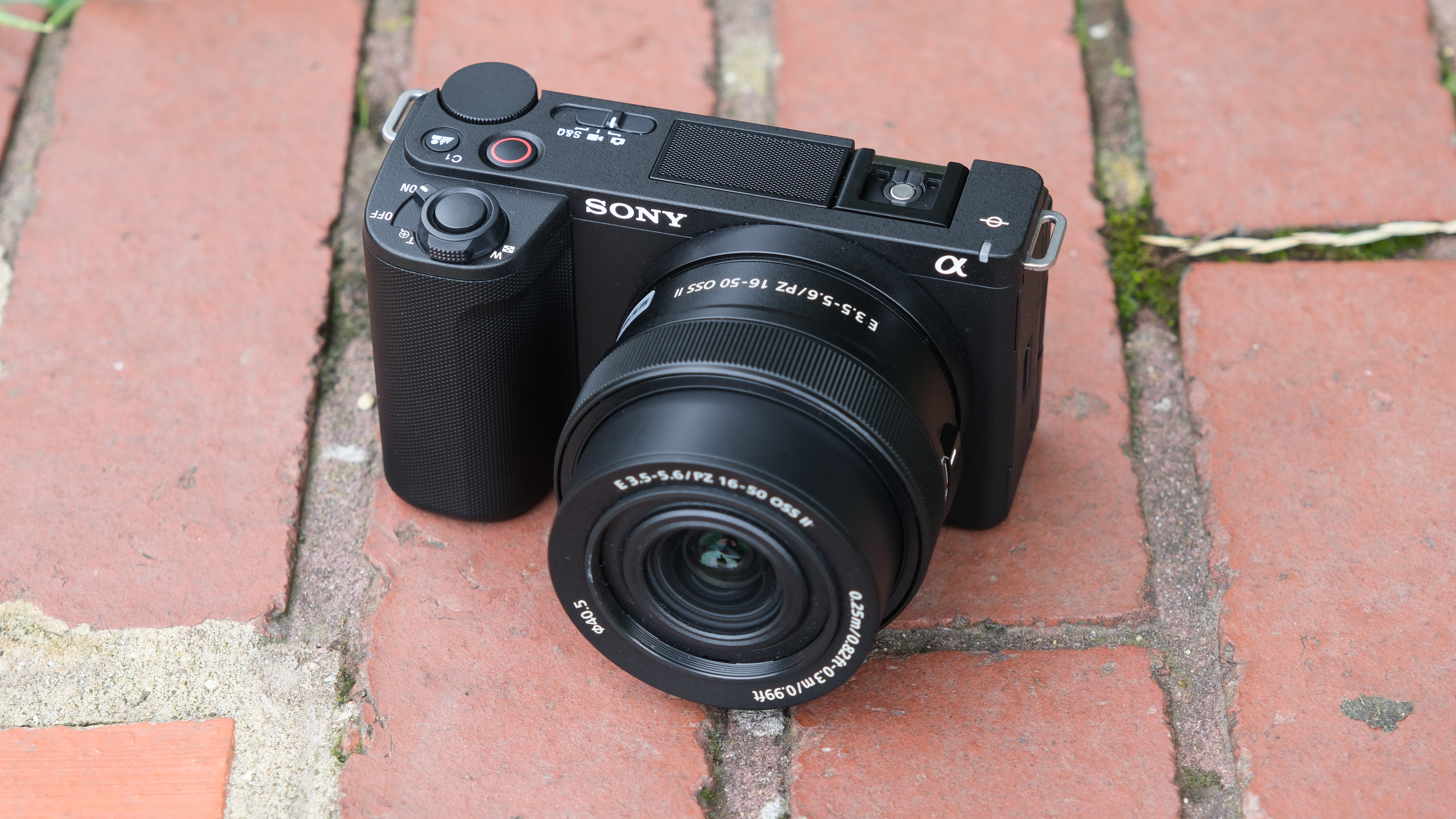
Specifications
Reasons to buy
Reasons to avoid
✅ You like the idea of changing lenses: Sony's other affordable ZV cameras all have fixed lenses, the ZV-E10 II gives the option to make your footage stand out a little more with one of the hundreds of E-mount lenses available.
✅ You want great audio without a separate mic: the built-in audio in the ZV-E10 II is way beyond other cameras and rivals a decent external mic.
❌ You want a very simple camera: while the ZV-E10 II is not complex, it isn't as easy to use as other Sony cameras like the ZV-1F or ZV-1 II.
❌ You want more of a hybrid camera: you'll get some decent photos here, but the viewfinder and more photo-focused controls on Sony's a6xxx range are a better hybrid experience.
The Sony ZV-E10 II is first-and-foremost a vlogging and content creation camera aimed at video. A big upgrade from the first version, it improves on every criticism of Sony's menus and video from the first model, now with next to no crop on footage and easy-to-use touch menus.
It packs a large and well-performing internal microphone (with clip-on muffler) and offers some very good 4K video. For serious video makers, you won't find any complex oversampling or multiple codec recording options here. This camera is for anyone who is taking their video a little more seriously than recording on a phone but isn't quite ready or willing to jump into a more professional level of videography.
The ZV-E10 II is not going to be a first-choice photography camera, as it lacks the EVF that photographers would expect, however, with the same sensor and processor as the Sony a6700, its specs are decent enough. If you are looking for something more hybrid, then cheaper cameras in the Sony A6xxx series (a6000 or a6400) are a better, although aging, option.
The ZV-E10 fits in an APS-C sensor, which means it is able to make use of Sony's extensive range of E-mount lenses. However, due to its very compact body, the camera does not balance well with larger Sony lenses, but Sony has a good range of quality smaller optics, as well as a huge number of third-party lens options. The body also features an articulating touchscreen which is vital for vlogging from low or awkward angles.
The ZV-E10 II has a very appealing price tag, it's a shame that there is no in-body image stabilization, but for a very specific audience looking for the perfect balance between affordability and features, this camera hits the nail on the head.
Read more: Sony ZV-E10 II review
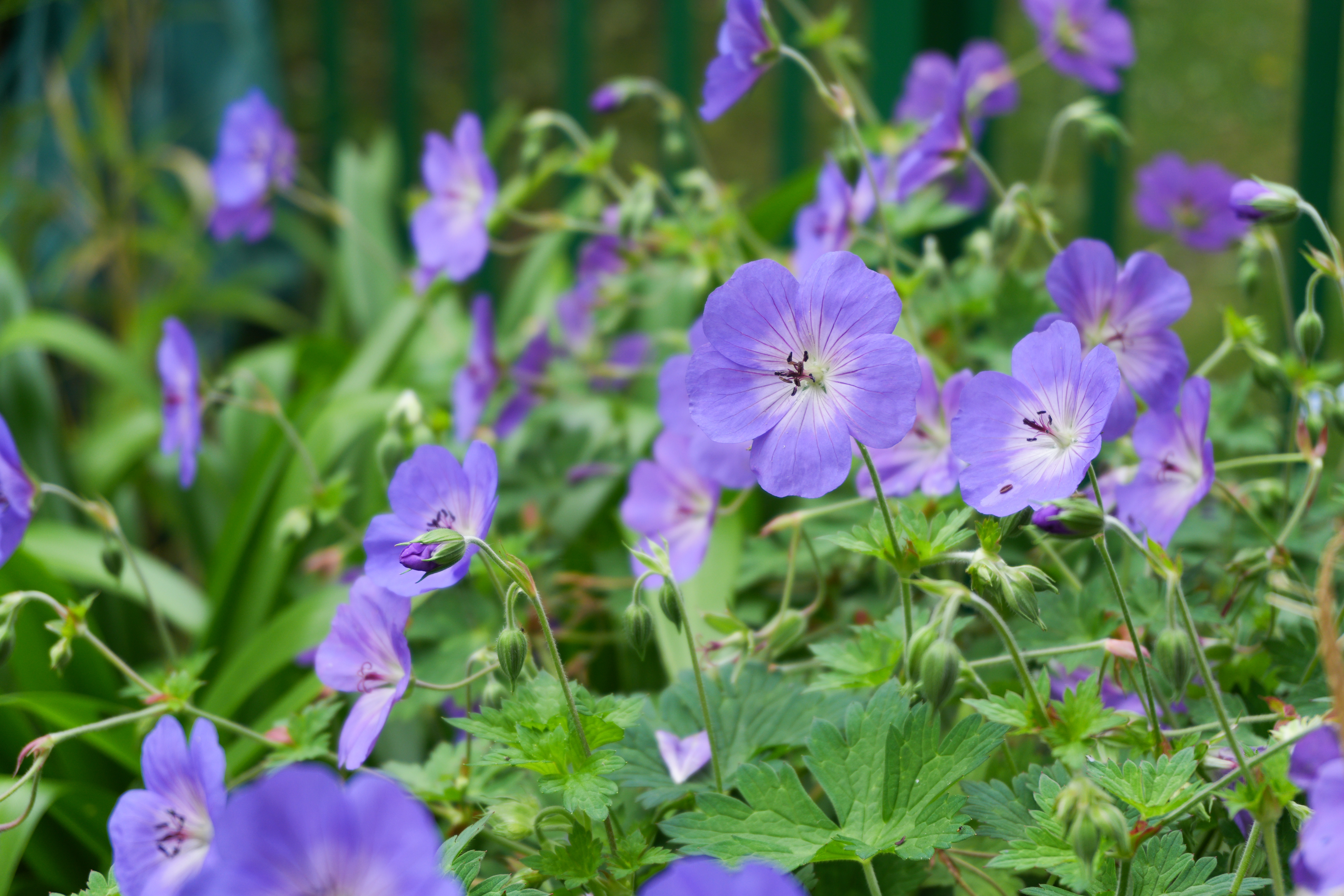
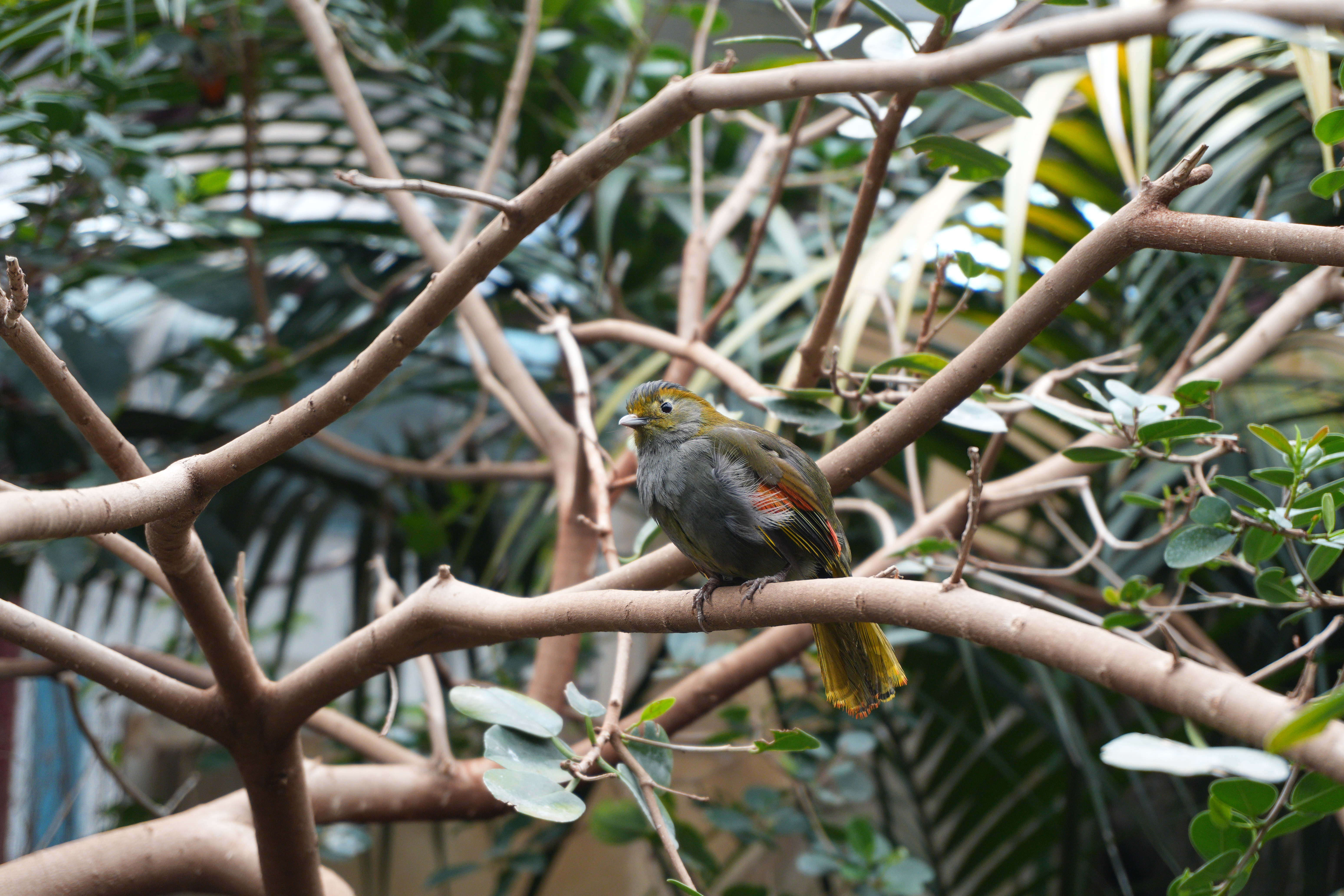
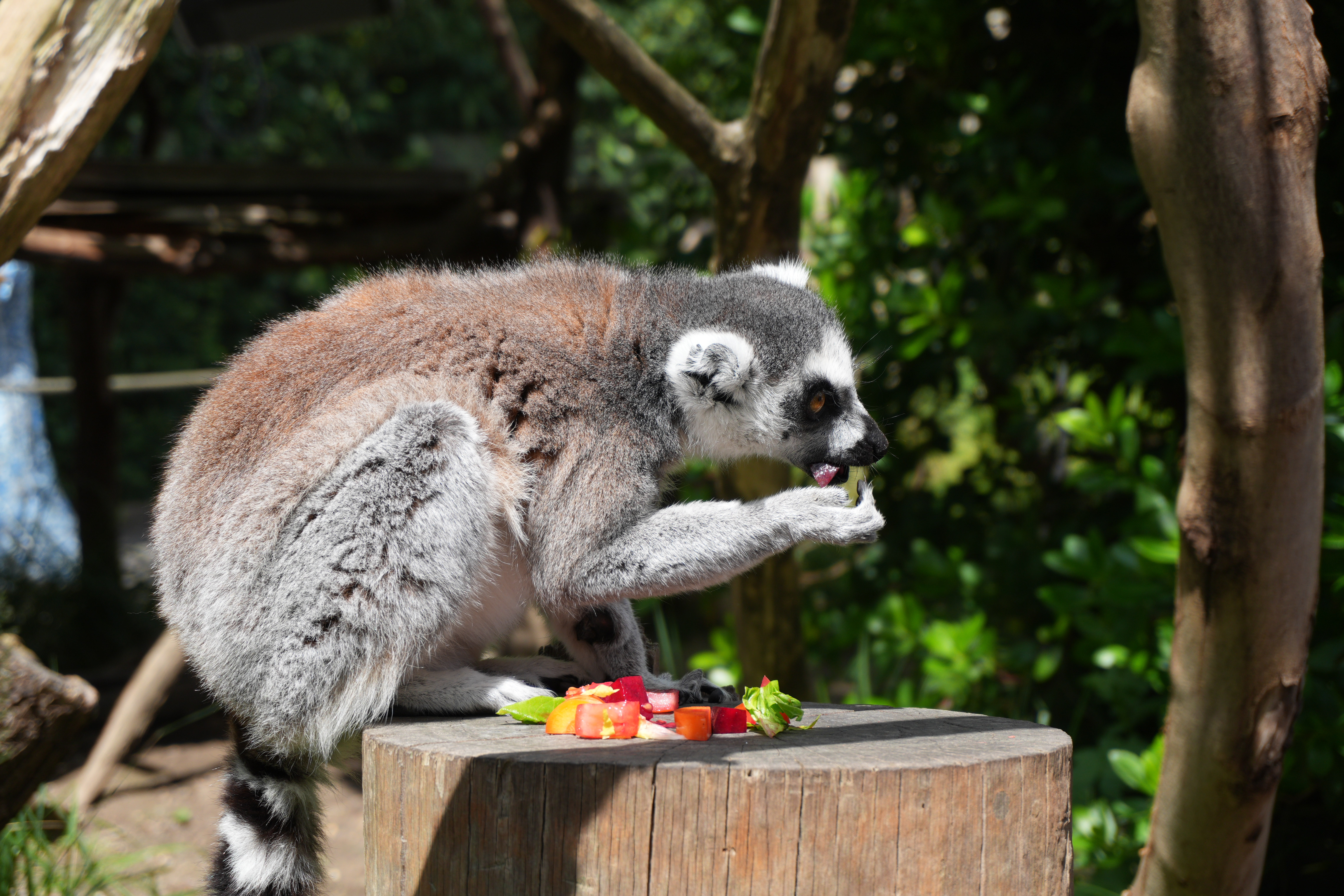
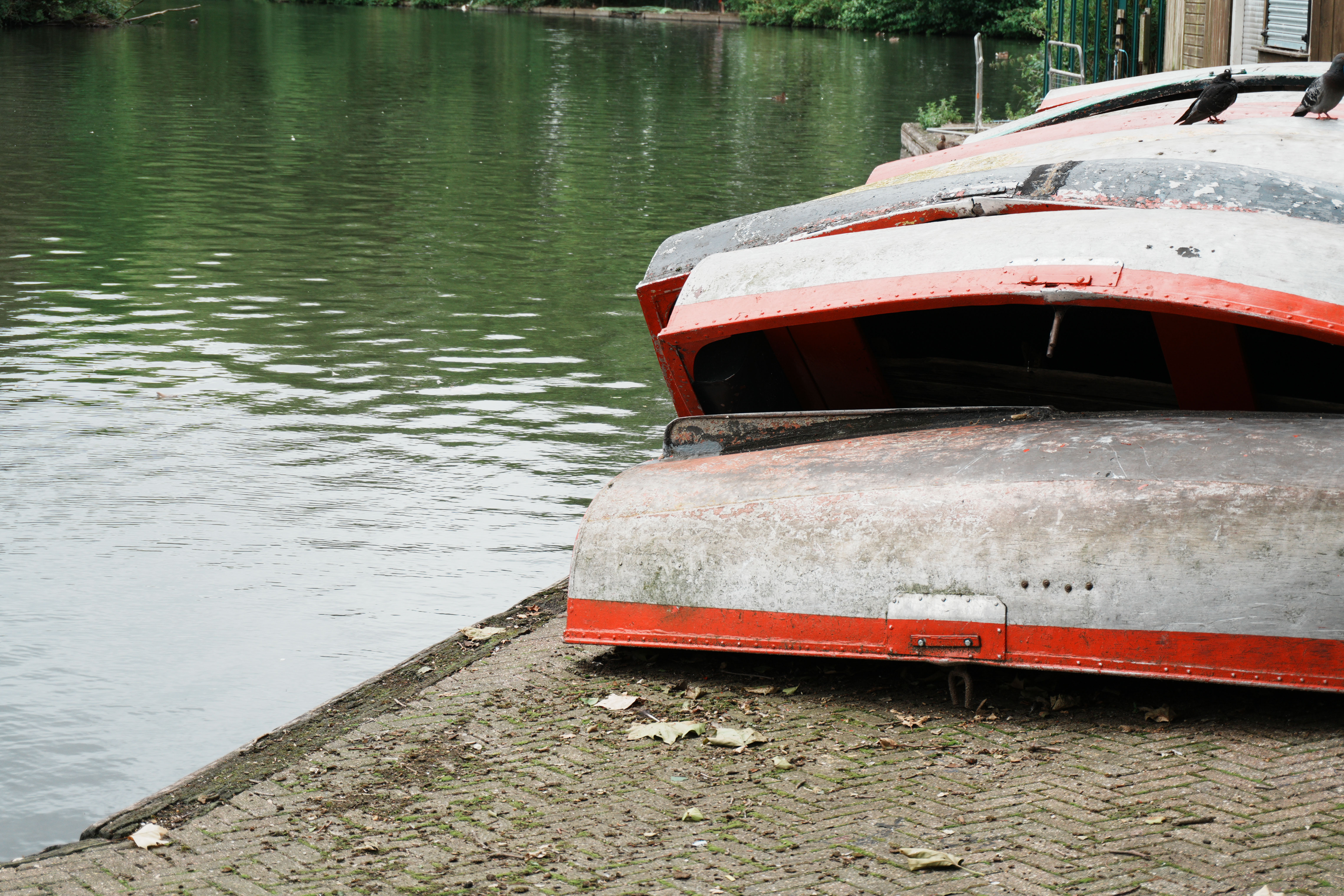
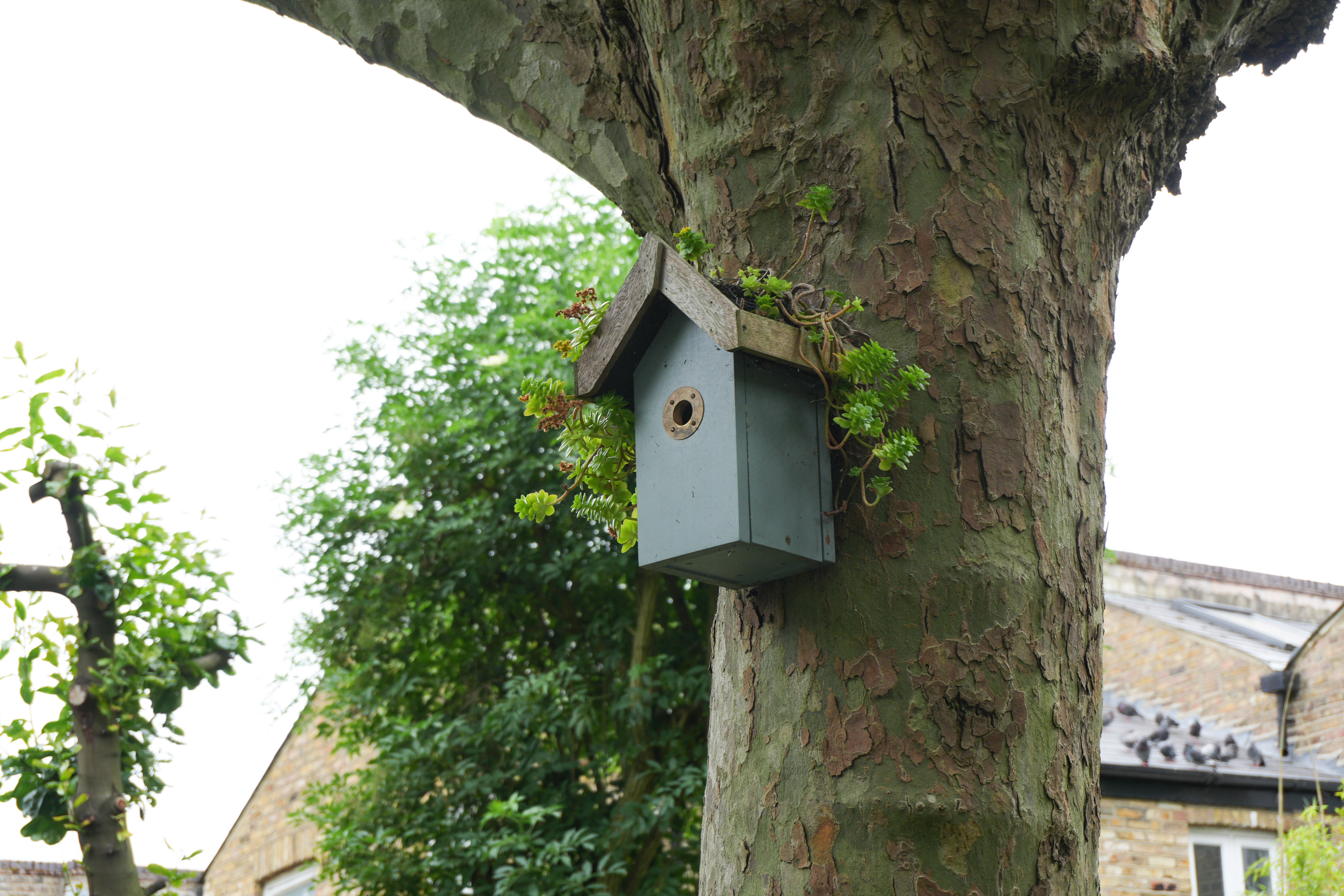
Features | An APS-C sensor pairs with Sony's huge range of lens choices, backed up with an in-built stereo mic and 4K video | ★★★★★ |
Design | Small and compact design is great for vlogging, so long as your don't pair it with too big lenses | ★★★★☆ |
Performance | Video performance is great, but lack of IBIS and older autofocus lets it down | ★★★★★ |
Value | Very reasonably priced, although good value, does reveal the cameras limitations | ★★★★★ |
Best full frame Sony camera for size

Specifications
Reasons to buy
Reasons to avoid
✅ You want all the power of an A7 in a compact form: if you want a big full-frame sensor, IBIS, AI AF, and all the goodies from the A7IV but in a camera that travels well, then you've found it.
✅ You are a keen hybrid content creator: all of Sony's cameras are great hybrid cameras, and the A7C II is a great compact video camera that offers great video specs and pairs well with gimbals.
❌ You aren't really interested in photography: if you are just a video shooter, then the Sony ZV-E1 is fundamentally the same camera but with some extra video features like a built-in mic.
❌ You want to use big lenses: you can use big lenses on the A7C II, but I wouldn't recommend it as the small body and grip is not comfortable to hold, and the balance is way off.
The Sony A7C II is an incremental upgrade over the original version, although it packs in some very welcome big improvements to autofocus and a bump in resolution to 33MP that keep it fresh. I am not sure if it is a worthwhile upgrade for anyone who owns the Mark I version of the A7C, but for newcomers, the camera still is one of the best options for photographers and video makers looking for the smallest and most compact camera, while still getting pro-level features.
Separating itself from its very similar ZV companions, the A7C II still keeps the rangefinder-style EVF, even if it isn't the strongest EVF I have used. For photos the camera is outstanding, it shares the same sensor and tech as the other most recent cameras in the Sony Alpha series, so has the latest in AI autofocus recognition and tracking for people, animals, and other subjects. The A7C II also benefits from much improved in-body image stabilization.
Sony continues to offer up all its cameras now as hybrid models, and the A7C II has some serious video specs. I seriously considered naming this as the best Sony video camera over the ZV-E1, but that camera's built-in mic and more video-centric body won. But that should show how serious a camera this is for hybrid creators who care just as much about video.
The only real disappointment with the camera is its fairly terrible ergonomics. Despite Sony at least attempting to make some improvements in this area, it is still a difficult camera to handhold with larger Sony lenses, which the inclusion of a full-frame sensor suggests it is designed for. I tested the camera with big Sony G-Master glass and it was very uncomfortable. You can of course use smaller lenses, but I feel that kind of defeats the purpose of this camera using a full-frame sensor, and you should look more closely at the Sony a6700.
Read more: Sony A7C II review


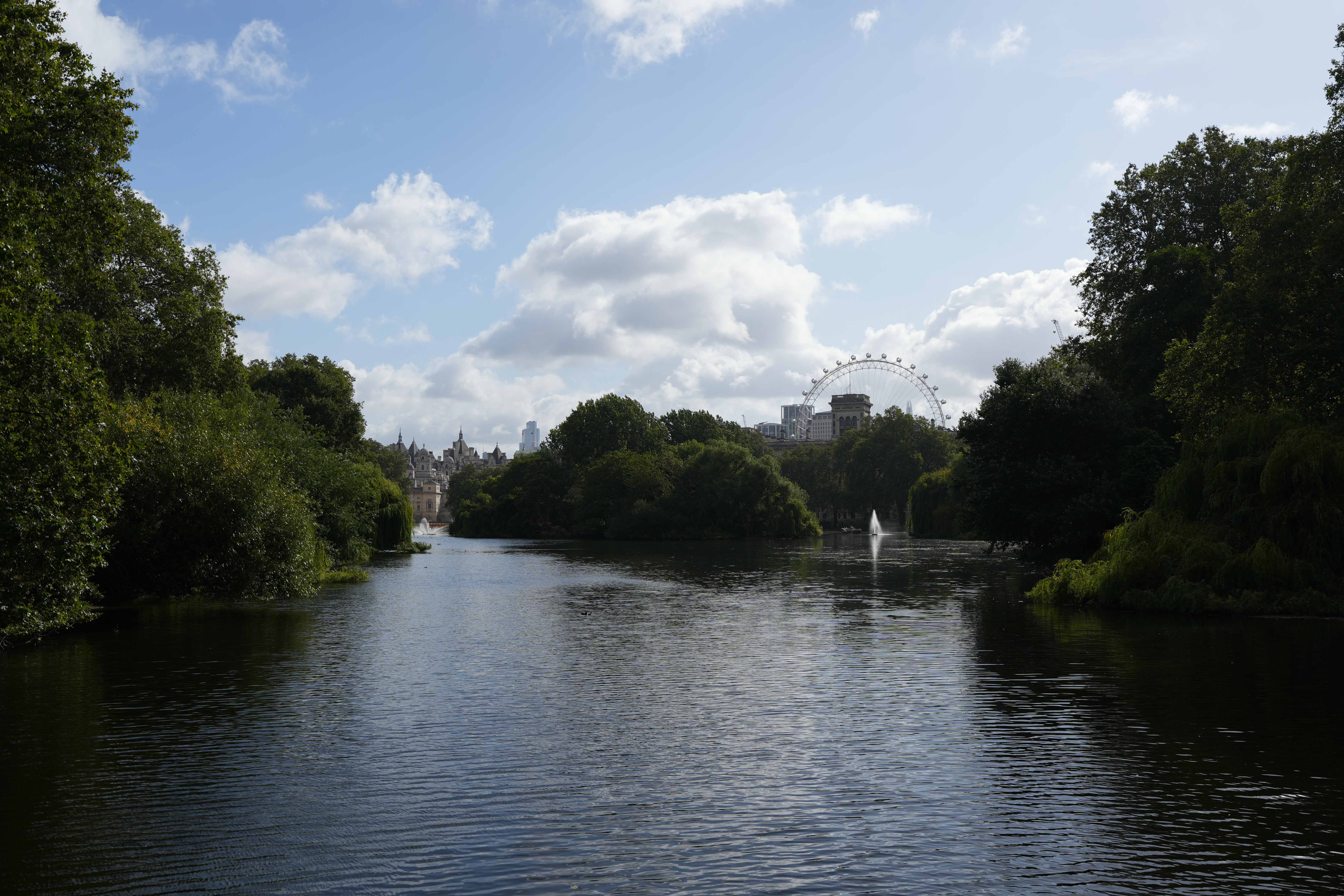


Features | A bigger 33MP sensor, oversampled 4K video, IBIS and the latest AI autofocus makes this a compact powerhouse | ★★★★★ |
Design | Very compact, but the full-frame sensor is begging to be used with big lenses which is an ergonomically poor experience | ★★★☆☆ |
Performance | Excellent performance in photo and video, Sony's autofocus is the star of the show | ★★★★★ |
Value | Priced below the rest of the A7 range, this is Sony's latest tech at the best value | ★★★★★ |
Best Sony compact camera
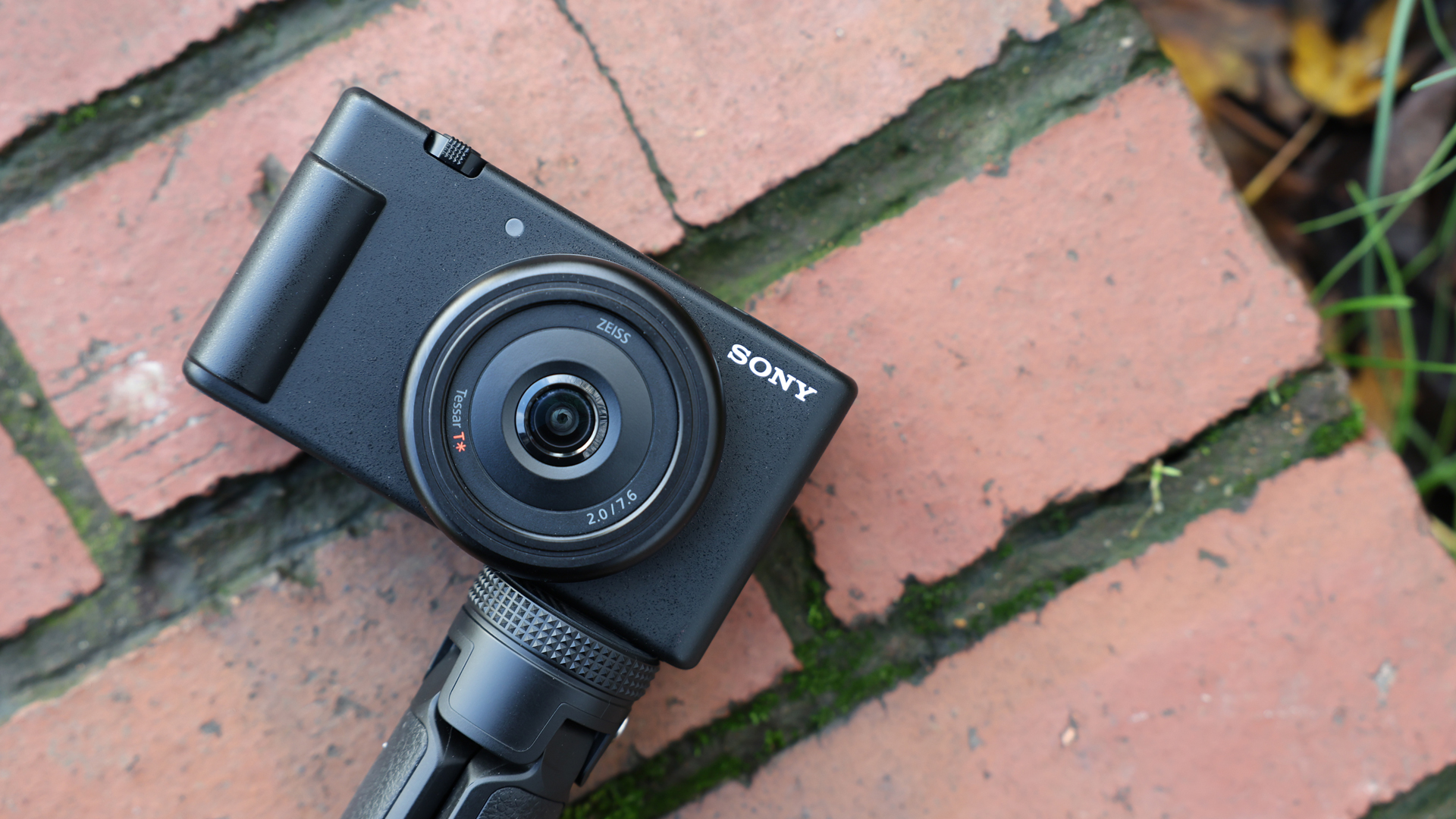
Specifications
Reasons to buy
Reasons to avoid
✅ You want a cheap compact camera for content creation: the ZV-1F is one of the most affordable ways to improve your content creation game.
✅ You don't want to worry about settings: this is an incredibly simple camera to use which takes care of all the camera settings for you, leaving you to think about the subject and framing.
❌ You don't want the hassle of having to transfer images: shooting video on your phone means it is right there immediately, it can be easily found and imported into apps and shared faster on socials, and using a separate camera does add extra leg-work.
❌ You also like to shoot photos: the photos from the ZV-1F are not bad and they are fine for social media, but the camera struggled to keep up with photos from a phone, especially with computational tricks like portrait blur.
During my review, It was hard to look at the Sony ZV-1F in isolation and not immediately compare it to the latest camera phone sitting next to me. After using it for a week, it is hard not to think that I already own a device that does a lot of what this camera does. But crucially, the ZV-1F is just about superior in video and audio quality to the latest iPhones to make it worthwhile.
There is also a lot to be said for having a dedicated camera over recording on a phone as it can create a more professional process. The ZV-1F can be a run-and-gun camera, you can mount it on a tripod, or just sit it flat on a surface and quickly get shooting. Especially as the ZV-1F has an articulating screen which makes vlogging so much easier than trying to use the rear cameras on a phone. With a more hard-wearing body, you also can toss it in a bag or pass it around among friends.
Connectivity with the camera is also a strong point, it is easy enough to transfer images wirelessly (or wired) to a phone or tablet for editing and posting to social media right away.
Do I think that it is a worthwhile purchase over recording on a phone? If you are a keen amateur vlogger or content creator, but you want to take a small step up then yes I do. This is a no-frills camera that will give you just what you need, a 4K video that is ready for social media, all contained in a tiny compact package, and at a reasonable price.
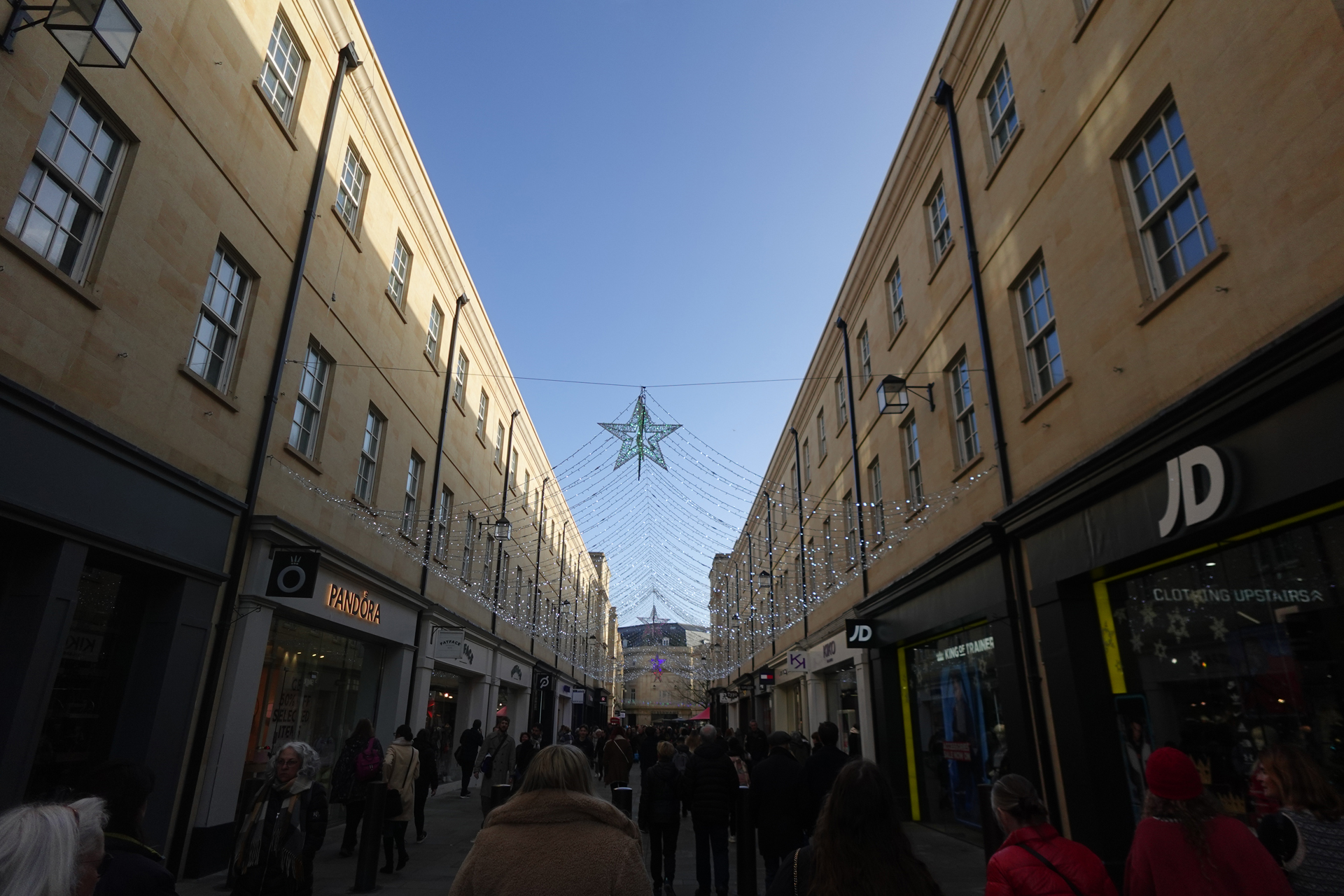
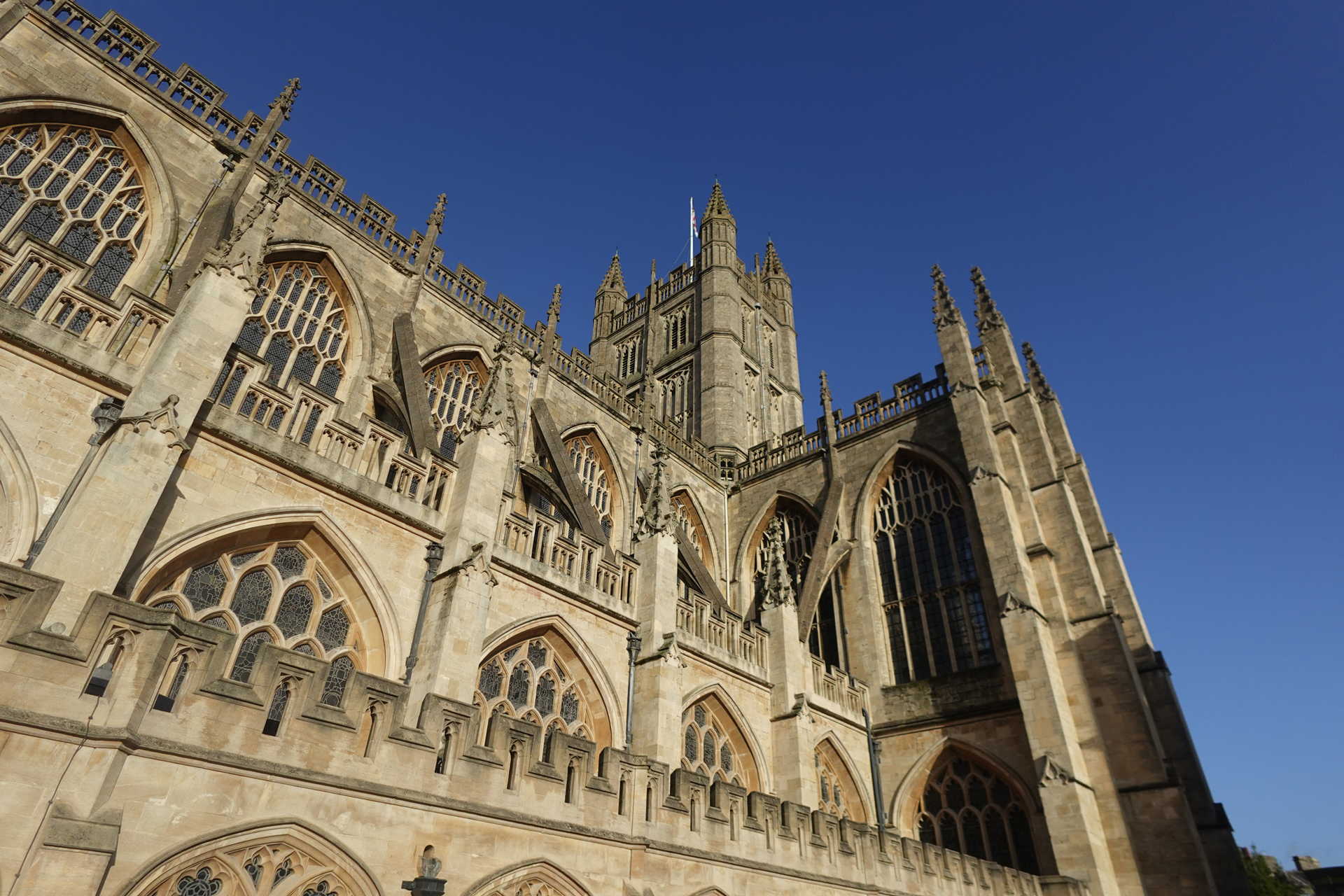

Read more: Sony ZV-1F review
Features | Sony's simplest camera with a focus on 4k video and built-in stereo audio | ★★★★☆ |
Design | A compact camera designed to slip into a pocket, the build is nice, if a little cheap feeling | ★★★★☆ |
Performance | Video and audio quality are good, and most importantly, just slightly better than an iPhone | ★★★★☆ |
Value | A fair price to pay for a dedicated content creation camera | ★★★★☆ |
Honorary Mentions
Sony A1 II
★★★★☆
This is Sony's jack-of-all-trades camera, and although it is an incredible piece of photography gear, the A1 II is eye-wateringly expensive and I think other cameras on this list are better for specific genres of photographers.
Comparisons and Lab Data
| Header Cell - Column 0 | Sony A7 IV | Sony A7R V | Sony A9 III | Sony a6700 | Sony A7 III | Sony ZV-E1 | Sony ZV-1F | Sony ZV-E10 II | Sony A7C II |
|---|---|---|---|---|---|---|---|---|---|
Launch Price | $2,499 (body) | $3,899 (body) | $5,999 (body) | $1,399 (body) | $1,799 (body) | $2,199 (body) | $499 | $999 (body) | $2,199 (body) |
Sensor | Full-frame | Full-frame | Full-frame | APS-C | Full-frame | Full-frame | 1-inch | APS-C | Full-frame |
Megapixels | 33MP | 61MP | 24.6MP | 26.1MP | 24.2MP | 12.1MP | 20.1MP | 26MP | 33MP |
Lens Mount | Sony E-mount | Sony E-mount | Sony E-mount | Sony E-mount | Sony E-mount | Sony E-mount | Fixed 20mm f/2 | Sony E-mount | Sony E-mount |
IBIS | Yes | Yes | Yes | Yes | Yes | Yes | No | No | Yes |
Screen | 3in vari-angle, 1.04m dots | 3.1-in vari-angle, 2.1m dots | 3.2-in vari-angle, 2.1m dots | 3-in vari-angle, 1.03m dots | 3-in vari-angle, 921k dots | 3-in vari-angle, 1.03m dots | 3-in vari-angle, 921k dots | 3-in vari-angle, 1.03m dots | 3-in vari-angle, 1.03m dots |
Viewfinder | EVF, 3.69m dots | EVF, 9.44m dots | EVF, 9.44m dots | EVF, 2.36m dots | EVF, 2.36m dots | None | None | None | OLED EVF, 2.36m dots, 0.7x |
Max Burst Speed | 33fps | 10fps | 120fps | 11fps | 10fps | 10fps | 24fps | 11fps | 10fps |
Max Video Resolution | 4K30p, 4K60p (crop) | 8K24p | 4K120p | 4K120p | 4K30p | 4K60p | 4k30p | 4k60p | 4k60p |
How to choose the best Sony camera

First, you need to ask yourself what you are going to use your camera for.
If you are mostly interested in photography, then Sony's Alpha series is the way to go, these cameras are more specialized for higher quality images in different situations. The Sony A7R V is a megapixel monster for massive images, the Sony A9 II is for serious sports shooters, and the Sony a6700 packs the best of Sony's tech into a travelable body. Sony's Alpha series is also compatible with the best Sony lenses to up your photography game even further.
If you want to shoot video to use on social media or to live stream on the internet, then Sony makes an excellent range of compact content creation cameras, my favorites here being the small and simple Sony ZV-1F or the Sony ZV-E10 with the freedom of interchangeable lenses. If your video projects are more advanced, then you might need more options in terms of sensor size or video codecs, in that case, the ZV-E1 offers excellent video specs with built-in pro audio, or the A7R V can record 8K video footage for ultimate resolution.
If you want to produce very high-end video then we have a separate guide for that, check out our choices of the best camera for filmmaking for some top-end Sony video options.

What is the best Sony vlogging camera?
This depends on your budget. The best entry-level vlogging camera from Sony is the ZV-1F which is small and compact and shoots good 4K. If you want something a little more advanced then the Sony ZV-E10 is the best in Sony's range, with its interchangeable lenses it gives you more freedom to create.
Are Sony cameras better than Nikon and Canon?
Not necessarily – how good a camera is depends on how you use it. Sony cameras excel in various aspects including excellent subject recognition and tracking, solid image stabilization, as well as Sony's long pedigree in producing professional-level video. Switching to a Sony camera from another brand will not improve your photography without you also working on your technique. Whatever camera system you use, you can be sure with practice you can create equally exceptional images.
How we test Sony cameras
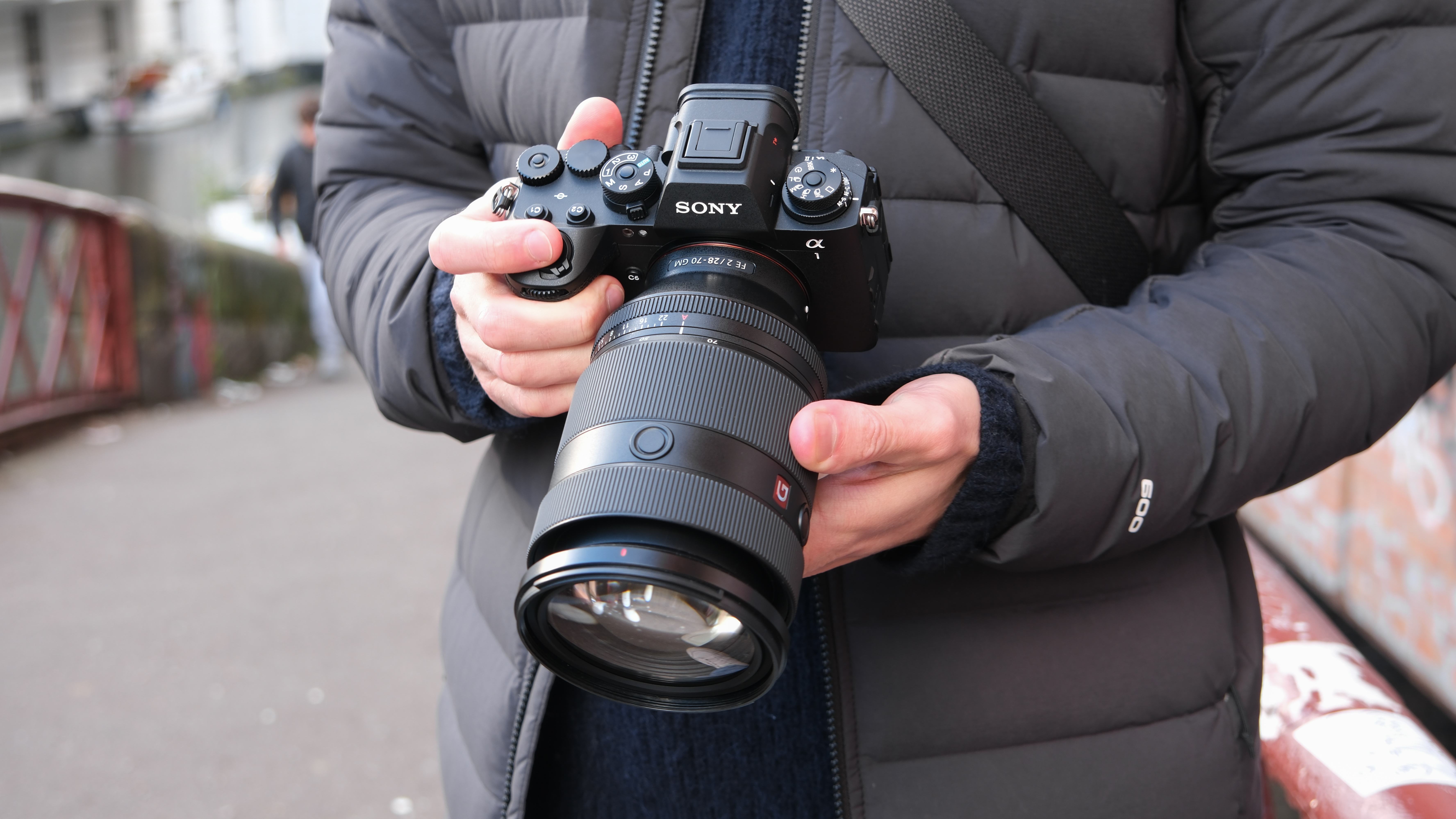
We test Sony cameras both in real-world shooting scenarios and in carefully controlled lab conditions. We test Sony cameras with their intended purpose in mind – for example, we test powerful sports cameras like the Sony A9 III with high-speed subjects, while we test Sony's ZV vlogging range with a focus on video quality over any stills prowess.
☑️ Over two thousand products tested and reviewed
📷 7 years of experience testing camera gear and accessories
👥 Team of knowledgeable and passionate reviewers who love photography
✖️ Reviews and guides are unbiased – and never influenced by brands
Our real-world testing assesses how Sony cameras perform in everyday shooting situations. This is based on our reviewer's own experiences using the camera, how the camera feels and works, any issues they encountered, and their subjective opinion on the camera performance separate from the lab results.
Our lab tests measure resolution, dynamic range, and signal-to-noise ratio. Resolution is measured using ISO resolution charts, dynamic range is measured using DxO Analyzer test equipment and DxO Analyzer is also used for noise analysis across the camera's ISO range.
The real-world experience and lab results are combined to inform exactly what we select for inclusion in our buying guides.
Find out more about how we test and review at Digital Camera World
Top deals on the best Sony cameras
Get the Digital Camera World Newsletter
The best camera deals, reviews, product advice, and unmissable photography news, direct to your inbox!

Gareth is a photographer based in London, working as a freelance photographer and videographer for the past several years, having the privilege to shoot for some household names. With work focusing on fashion, portrait and lifestyle content creation, he has developed a range of skills covering everything from editorial shoots to social media videos. Outside of work, he has a personal passion for travel and nature photography, with a devotion to sustainability and environmental causes.
- Rod LawtonContributor
- James ArtaiusEditor in Chief
